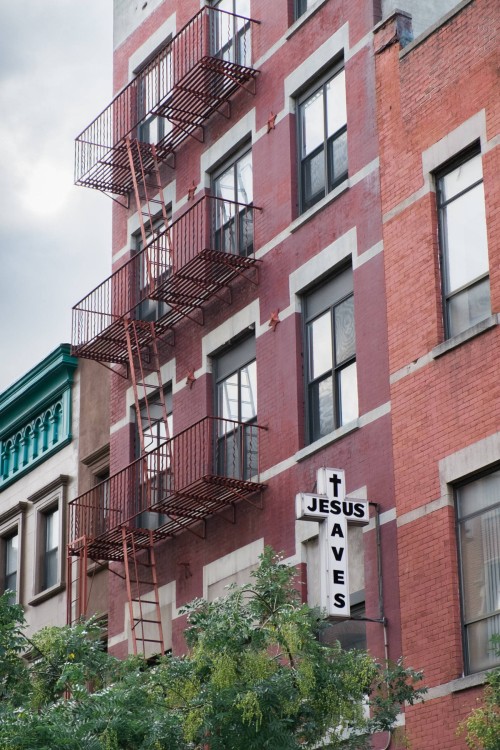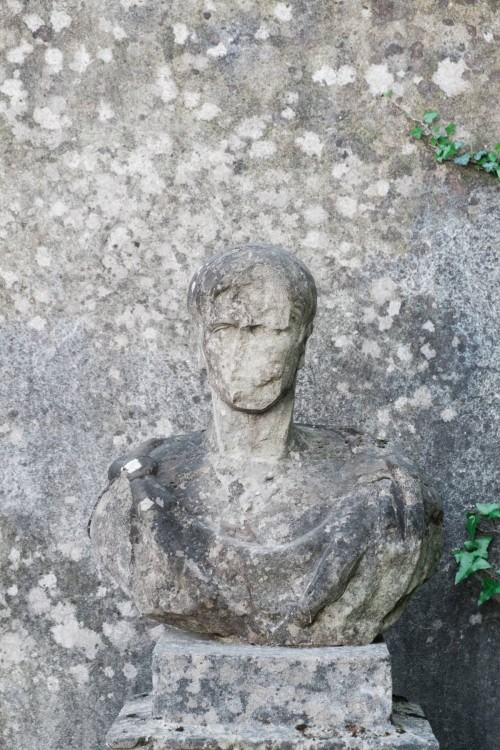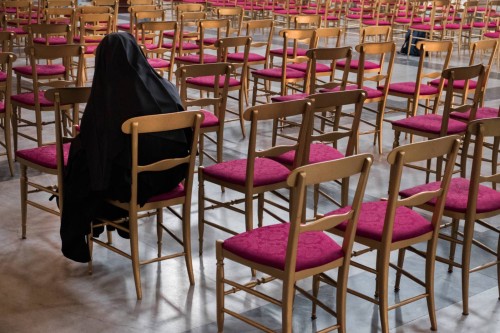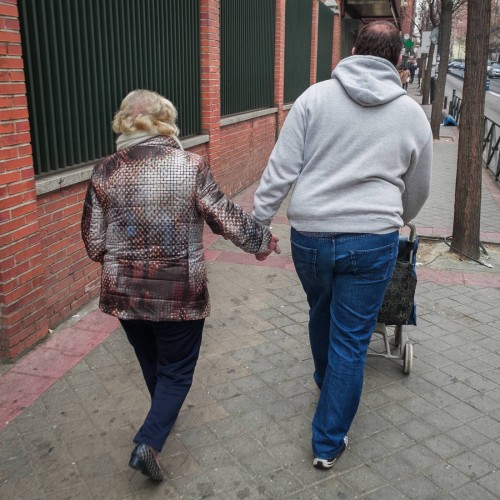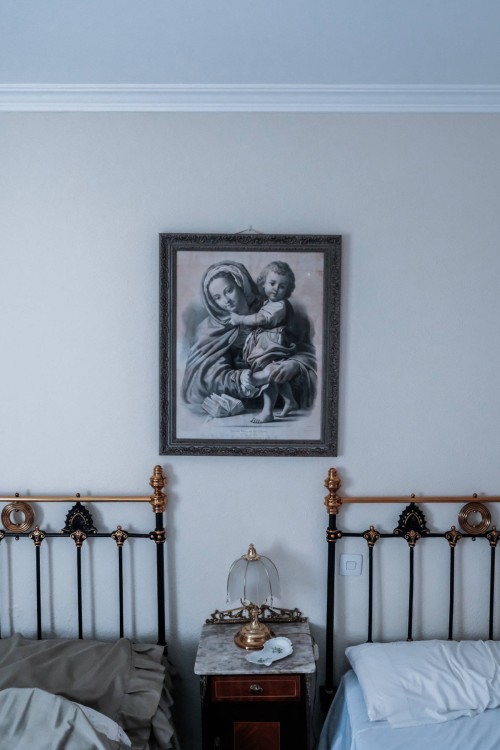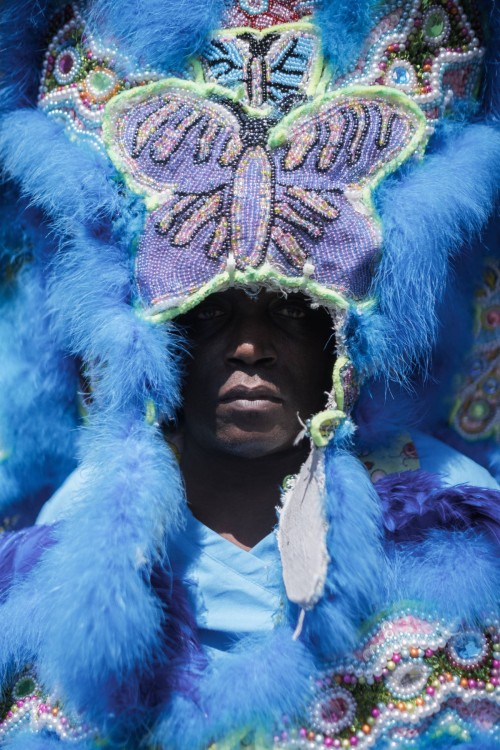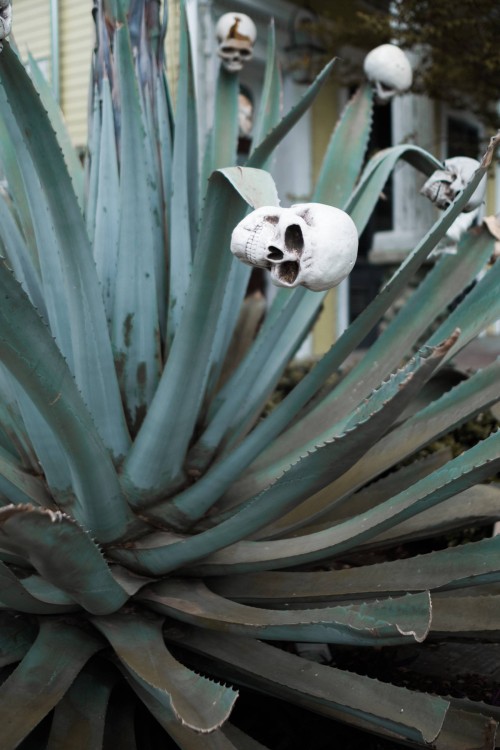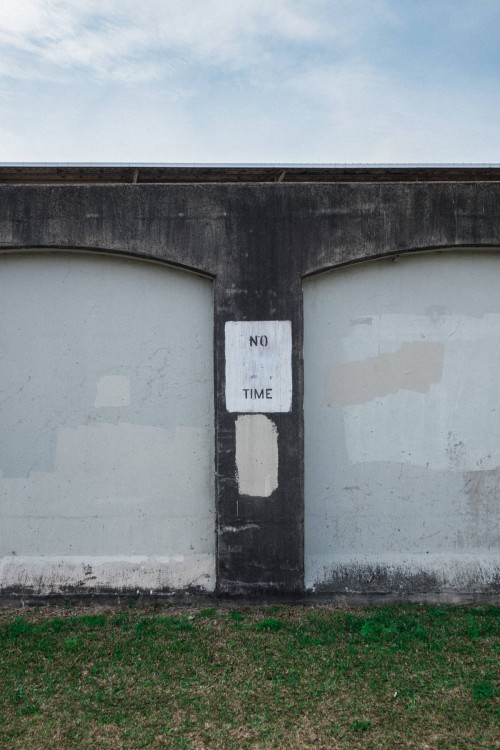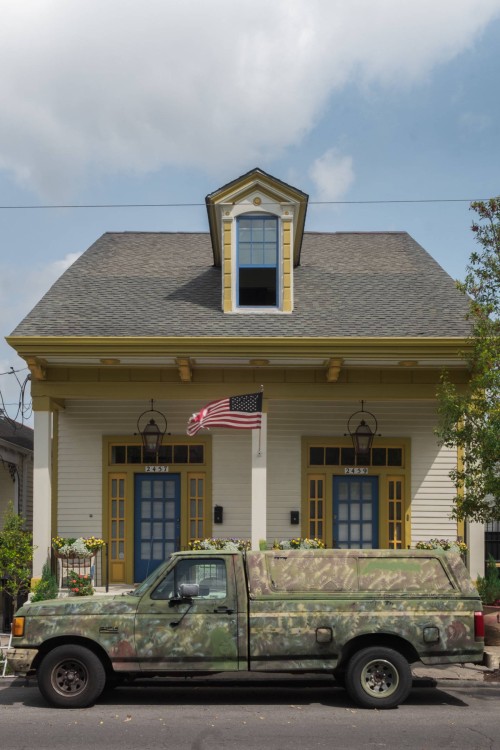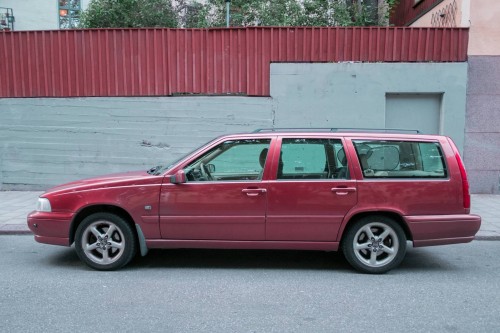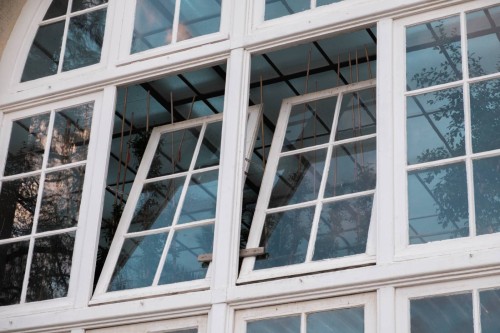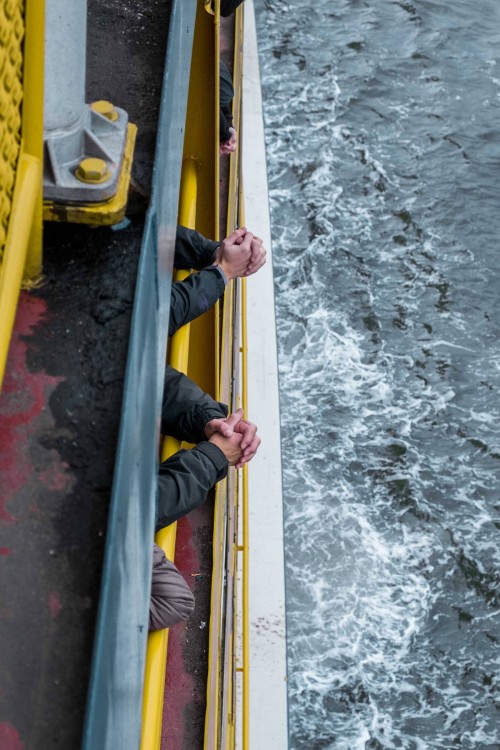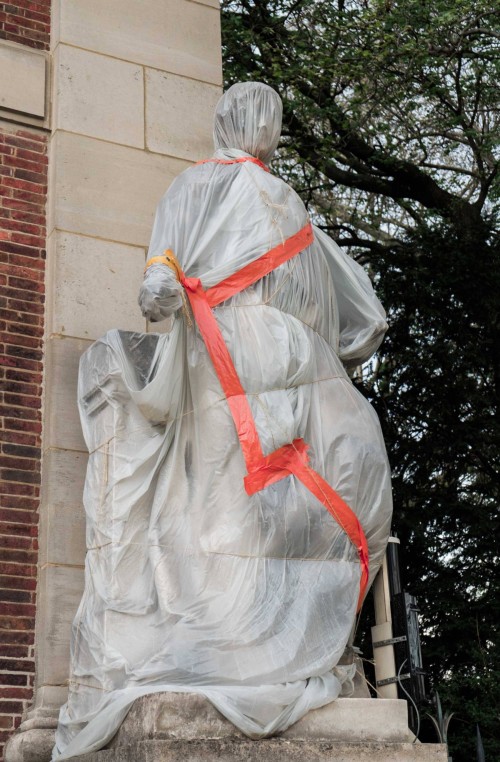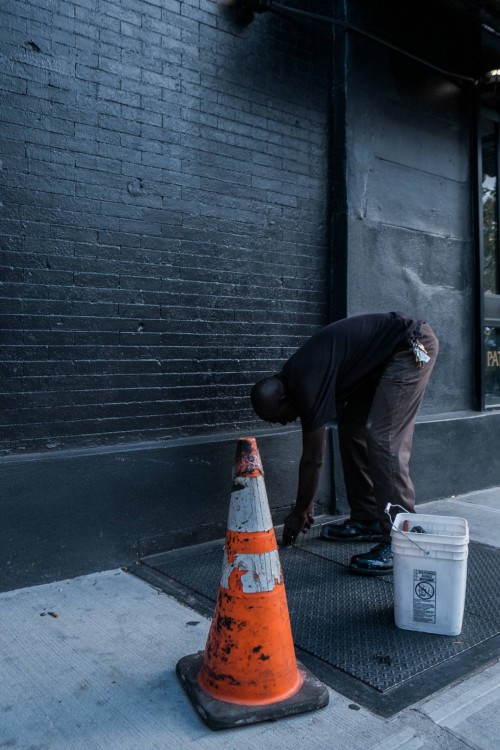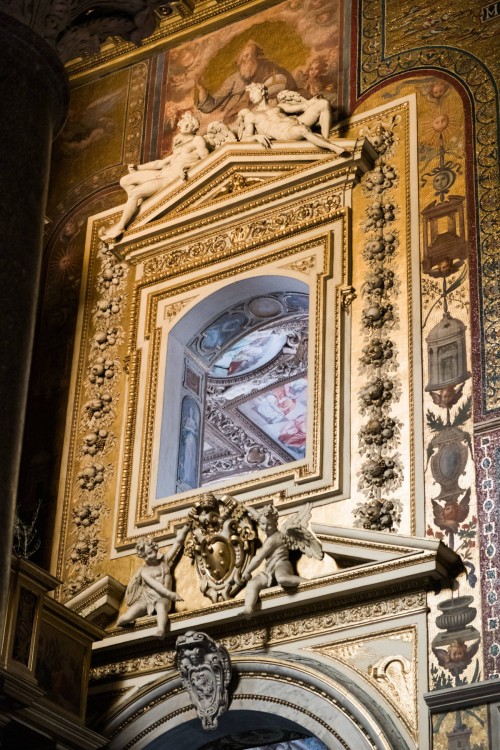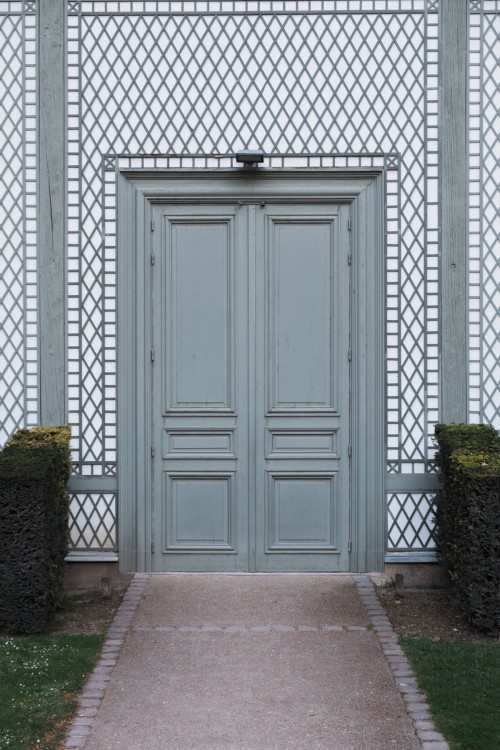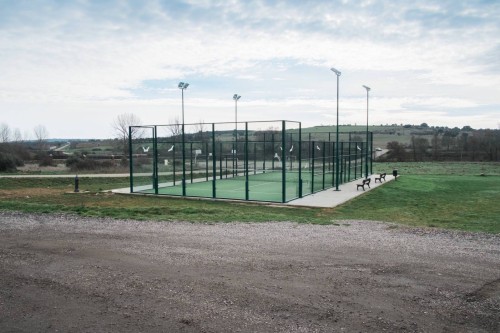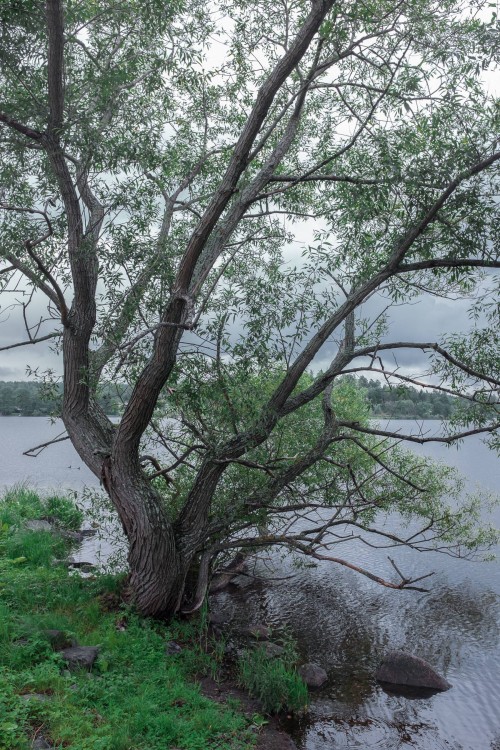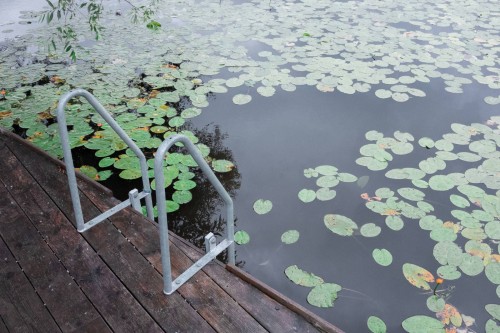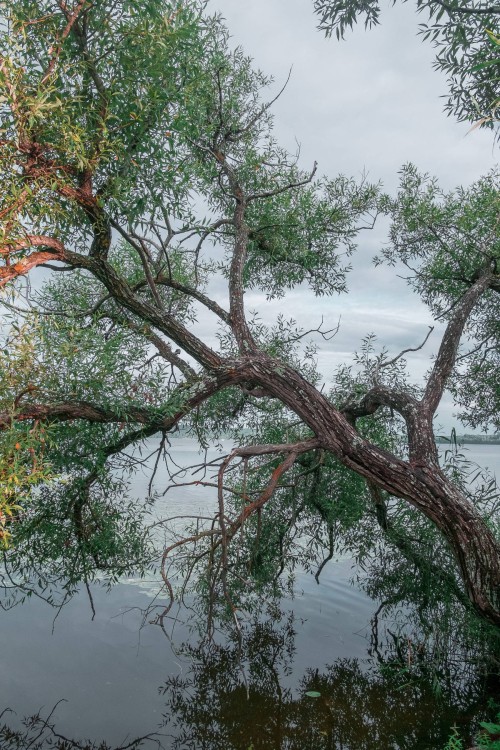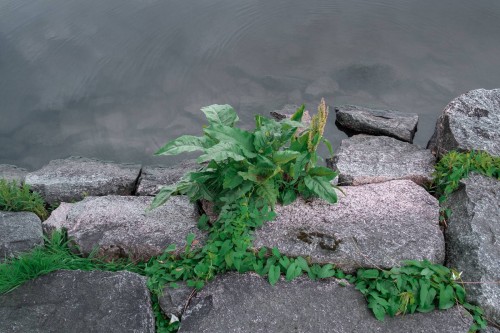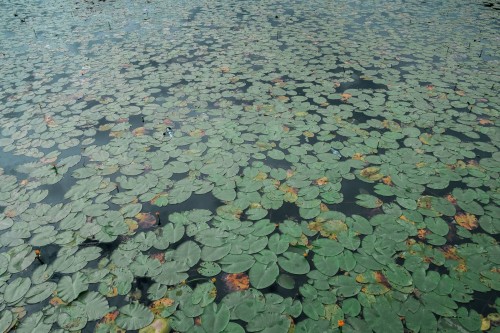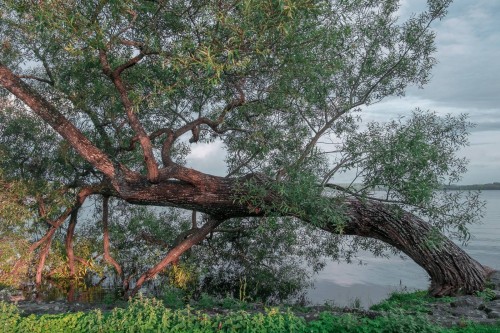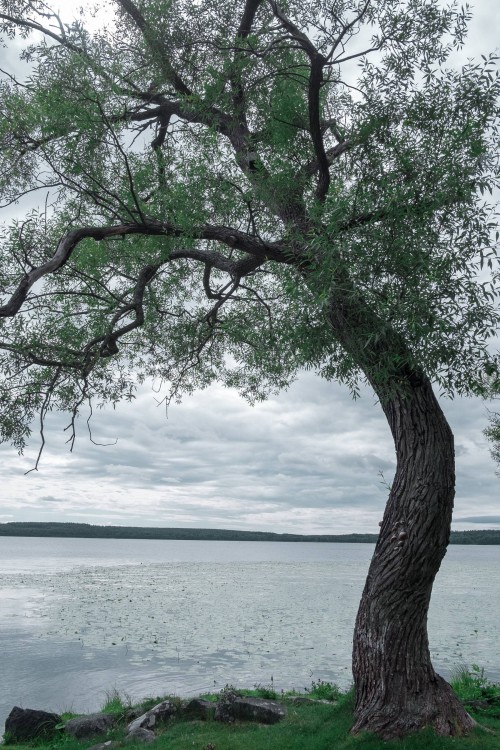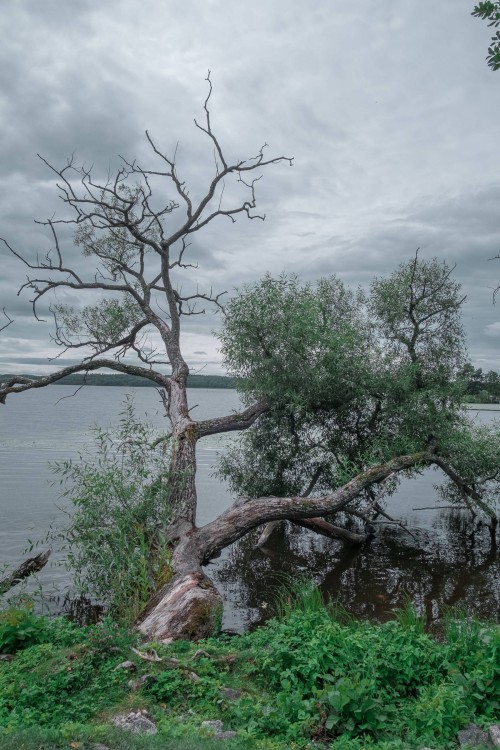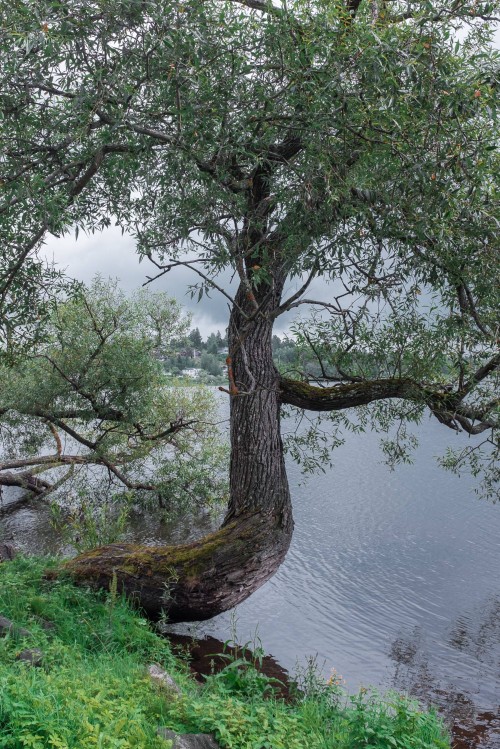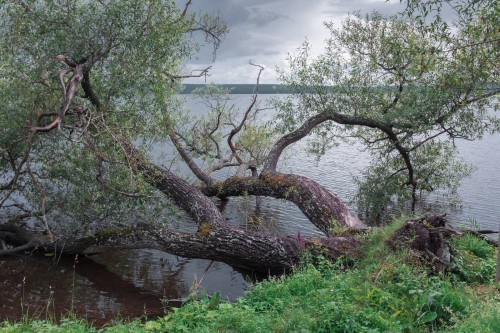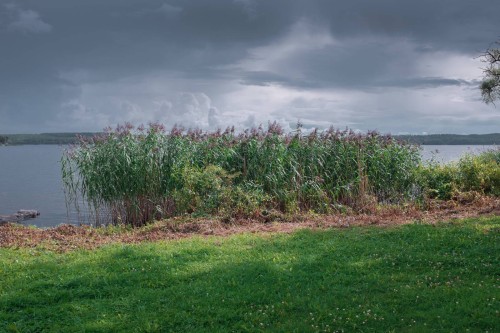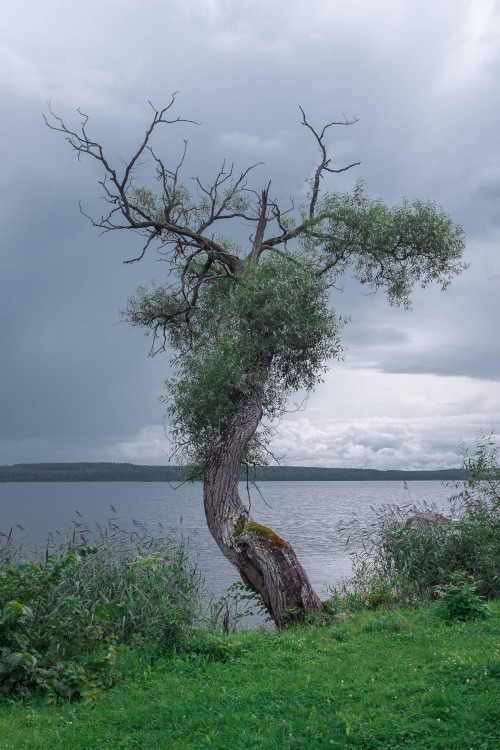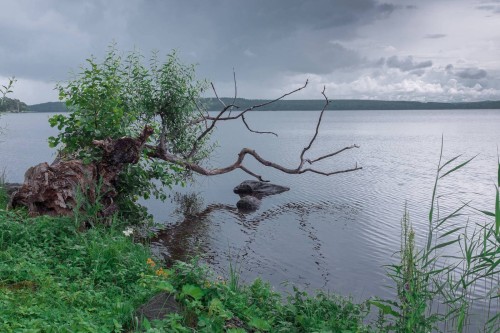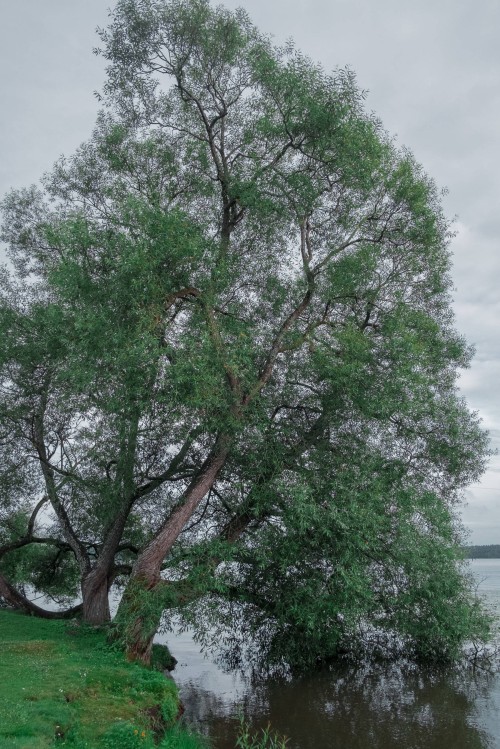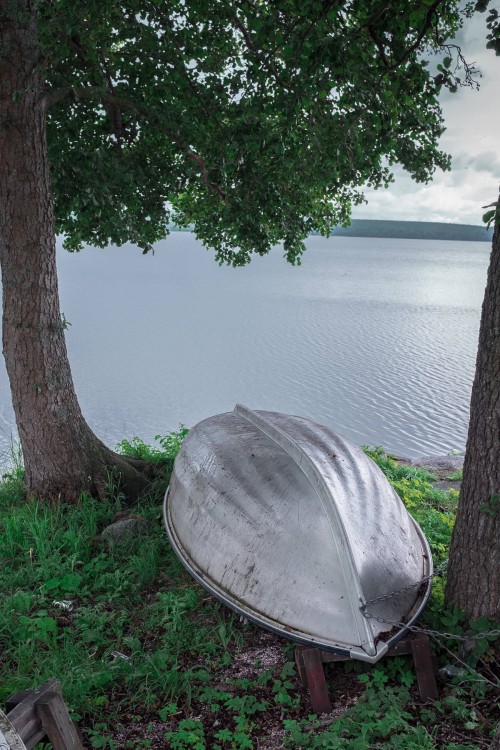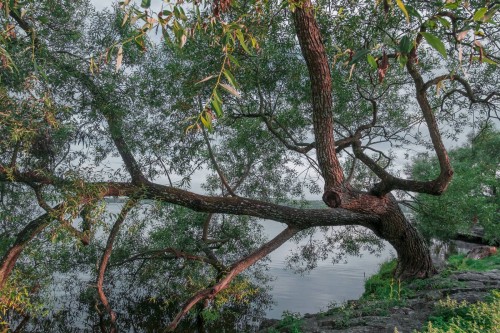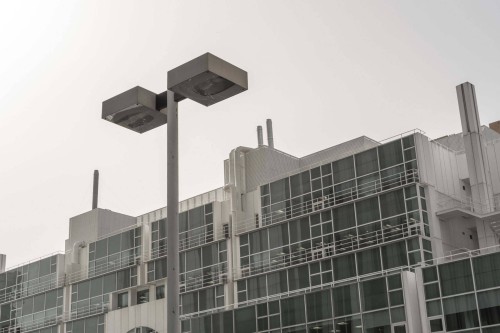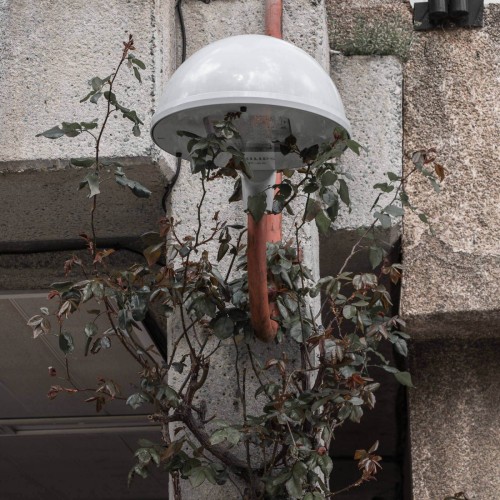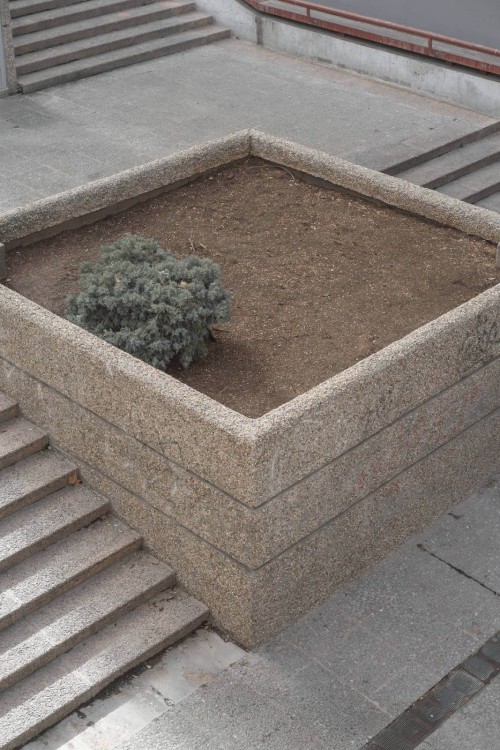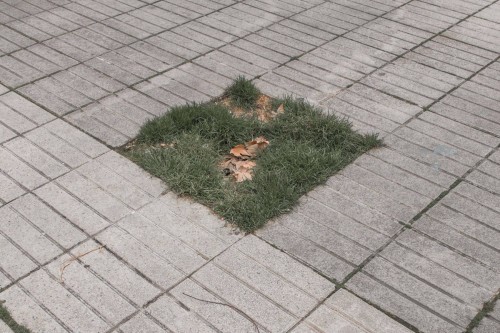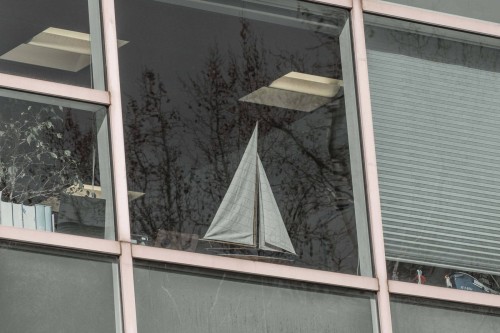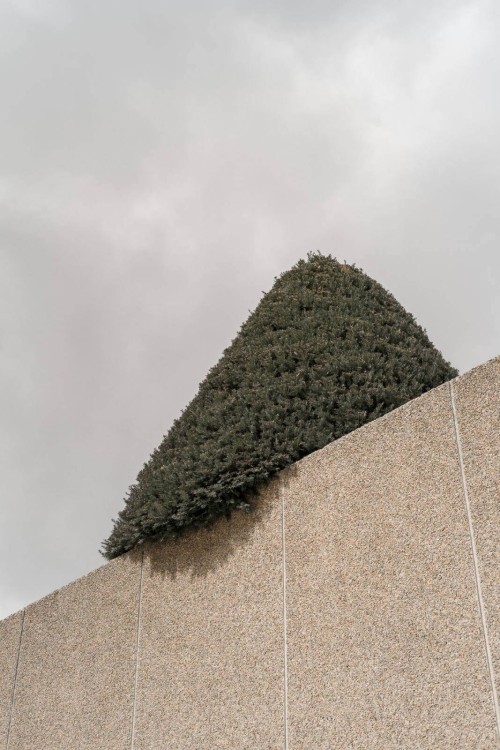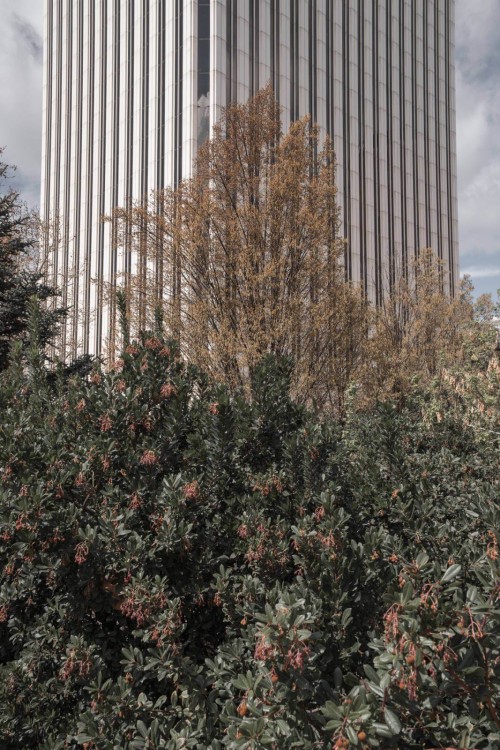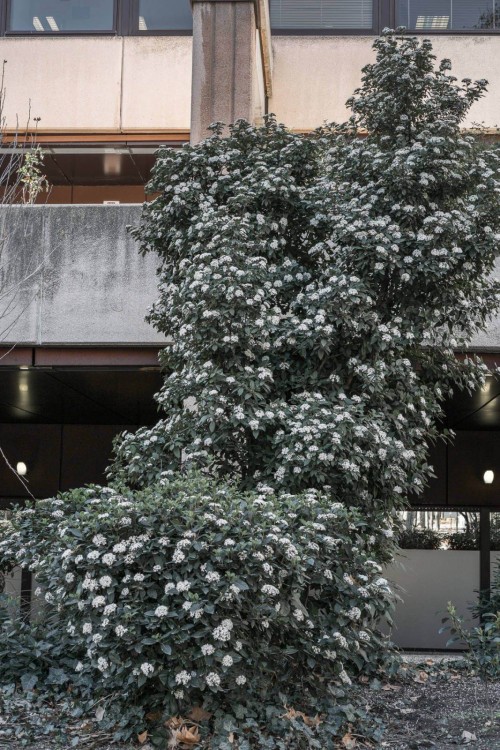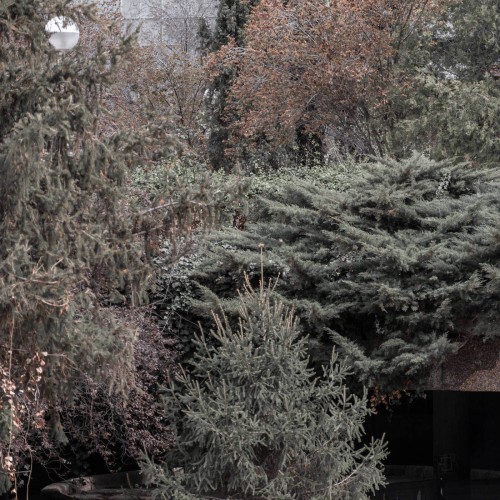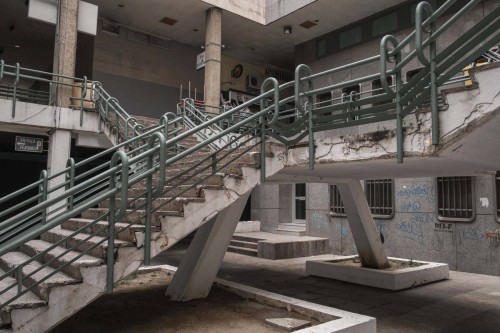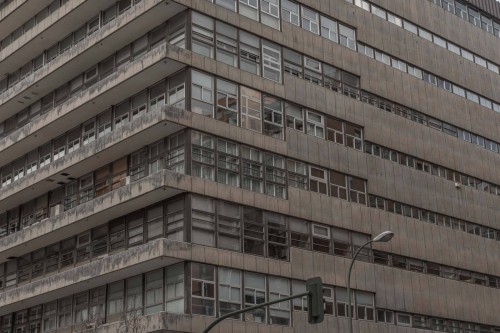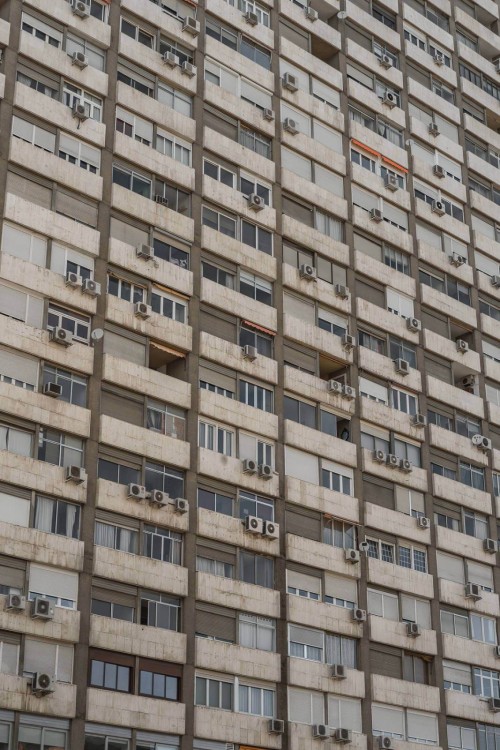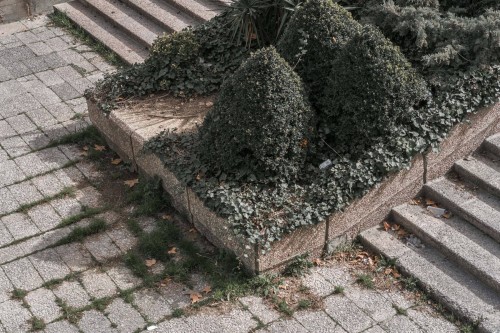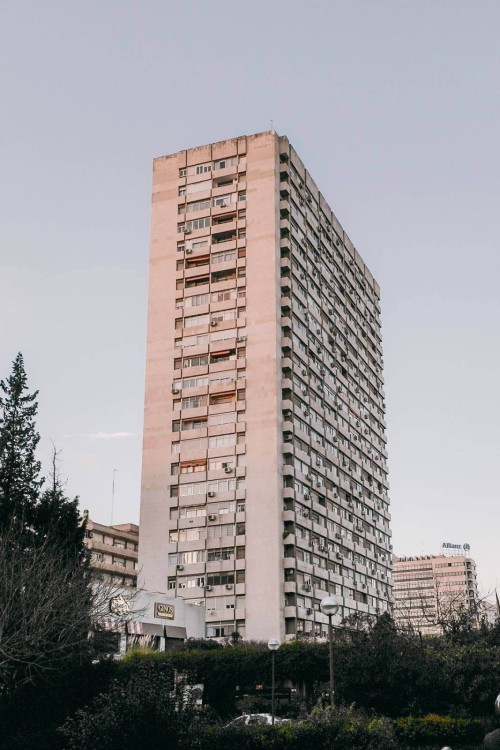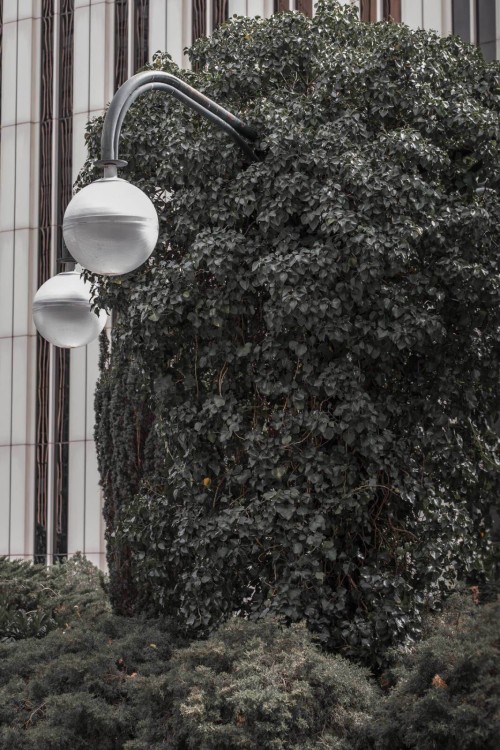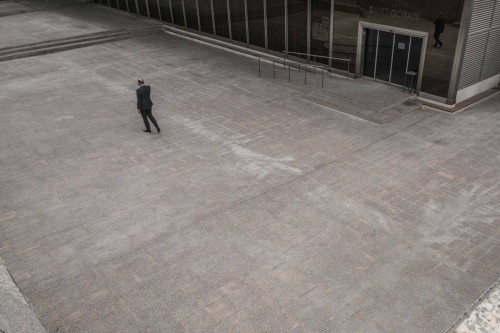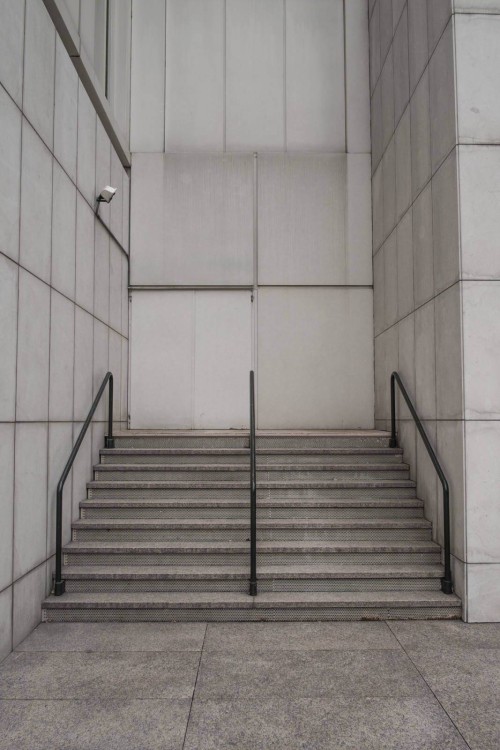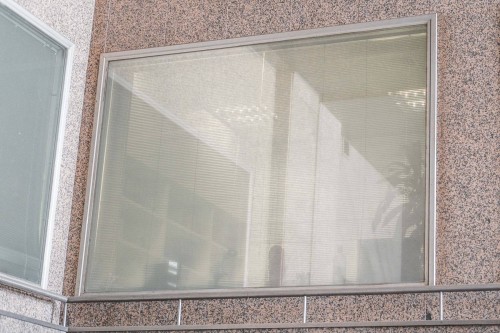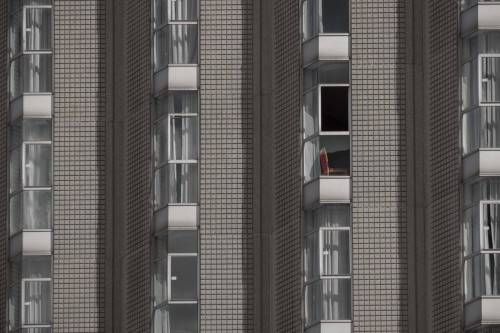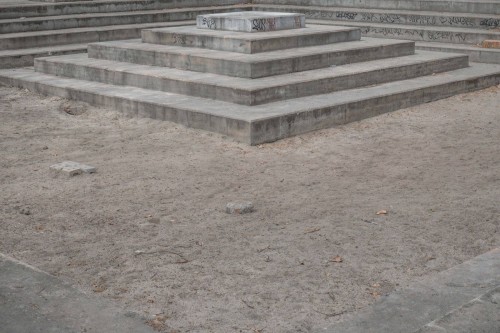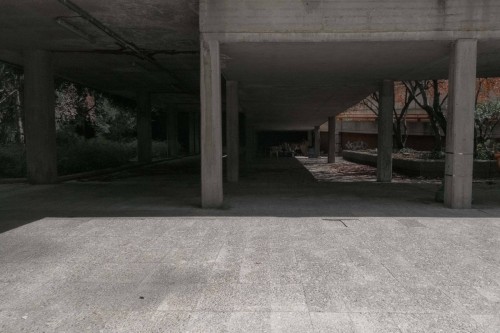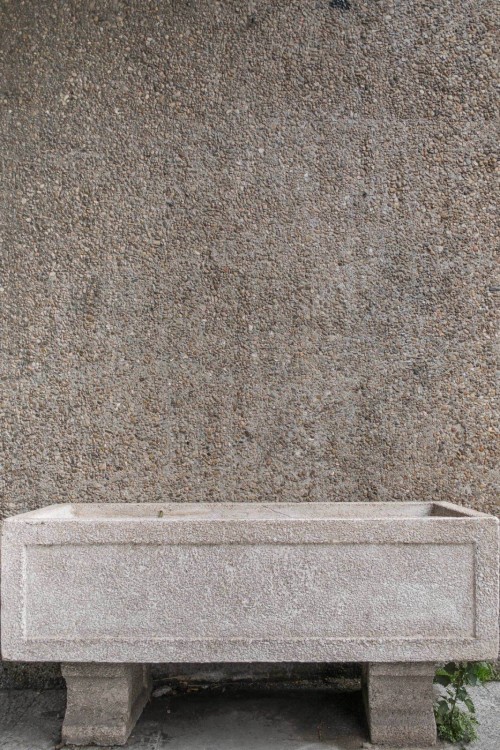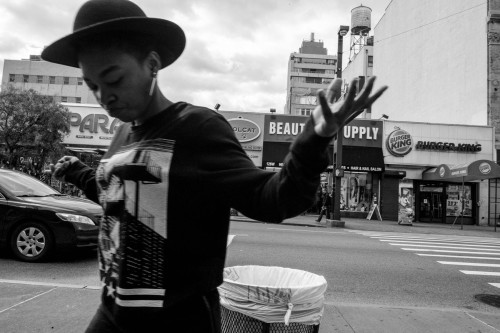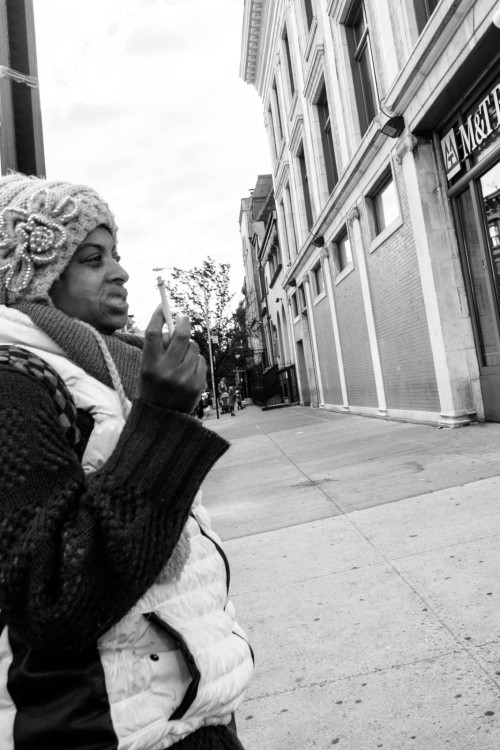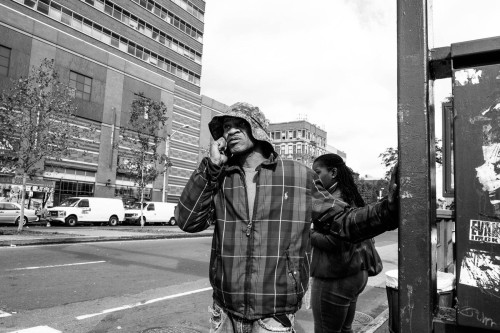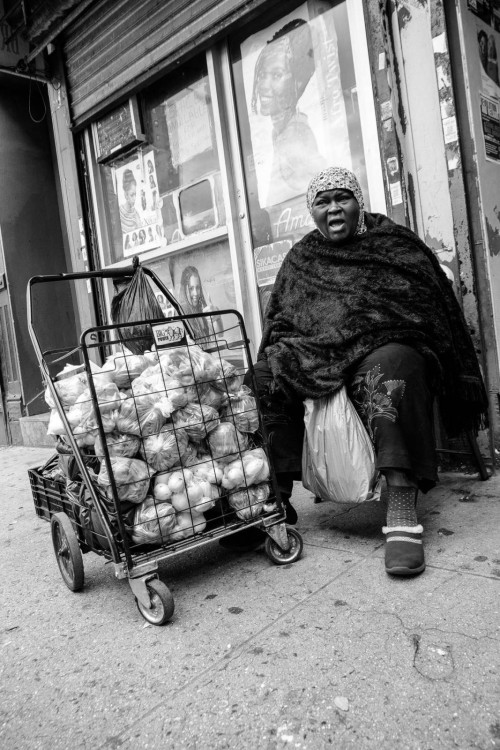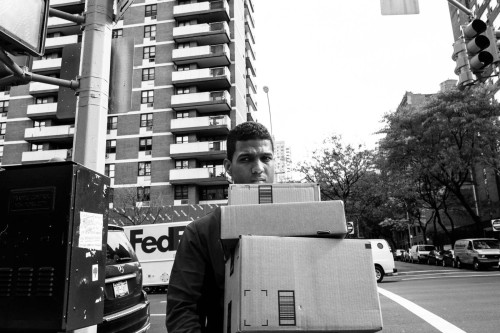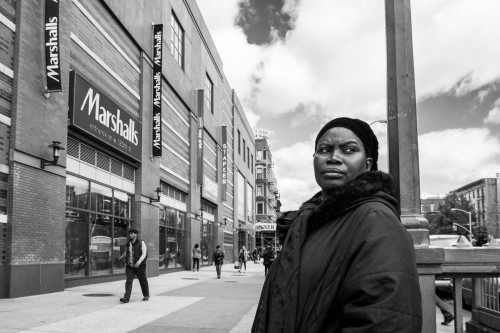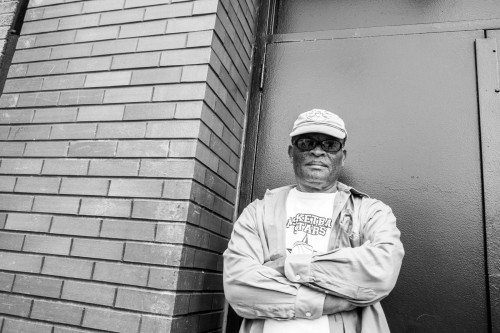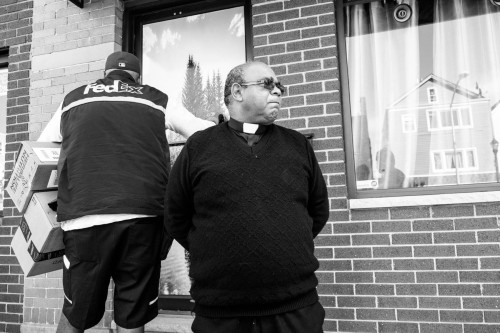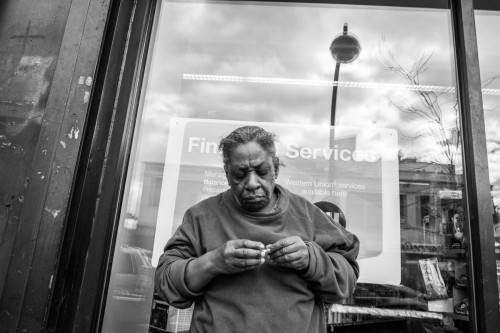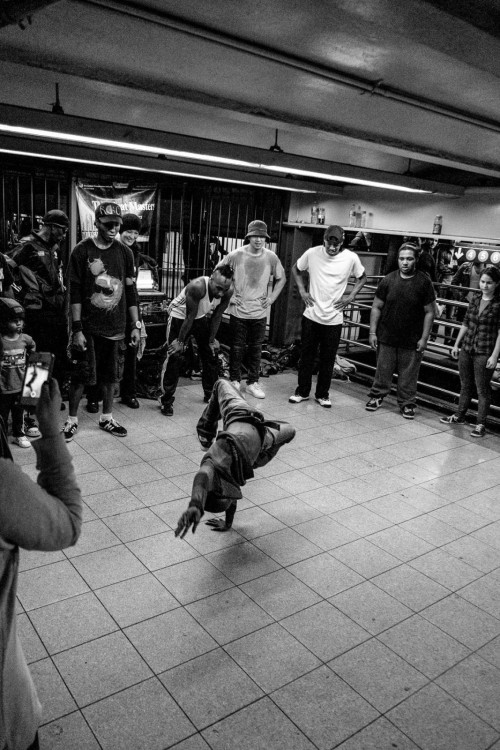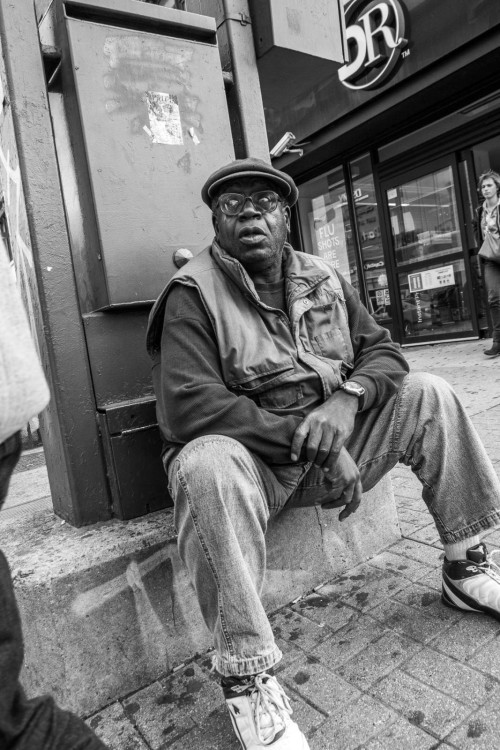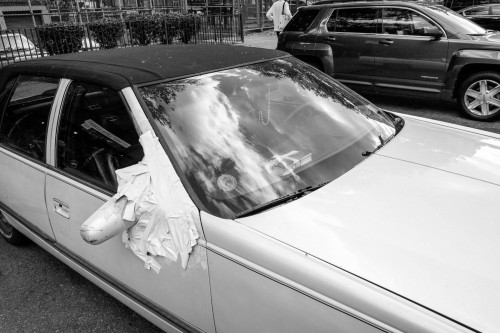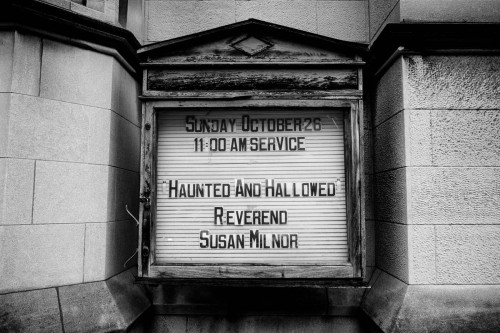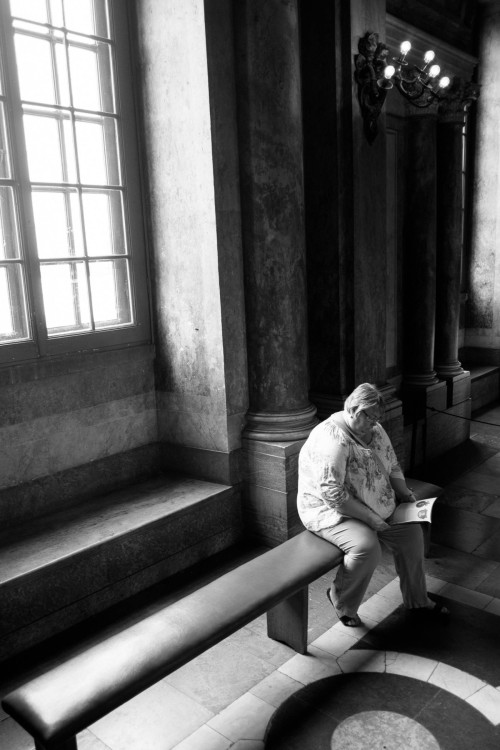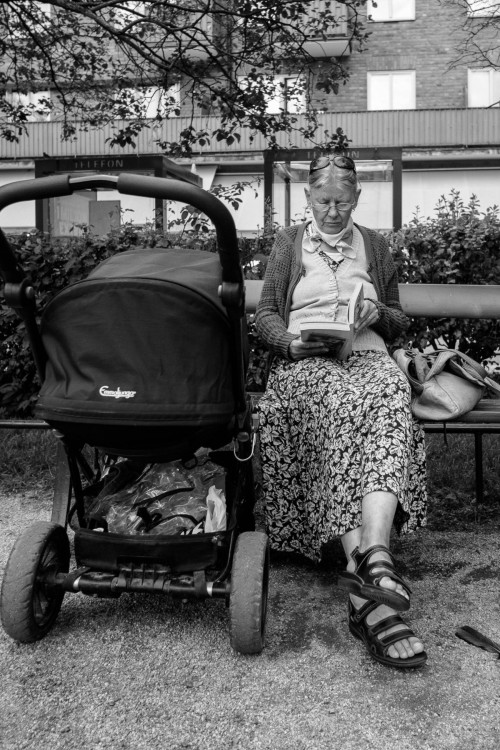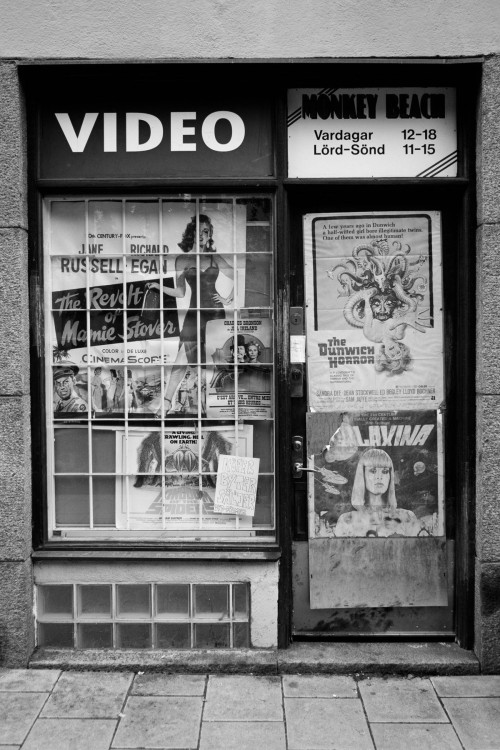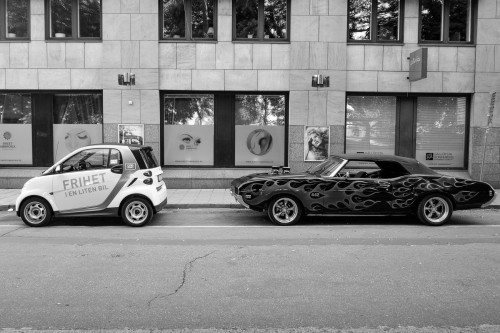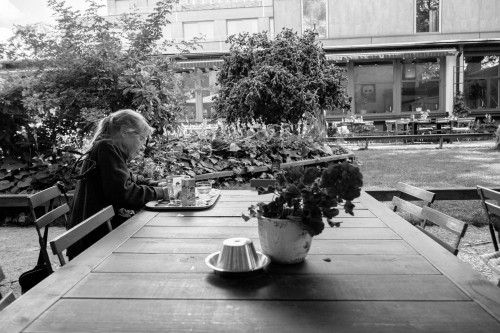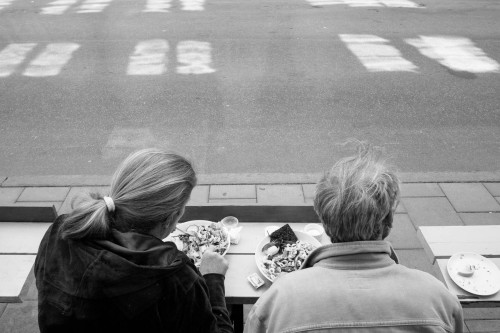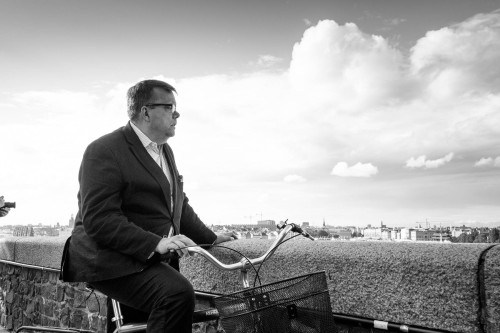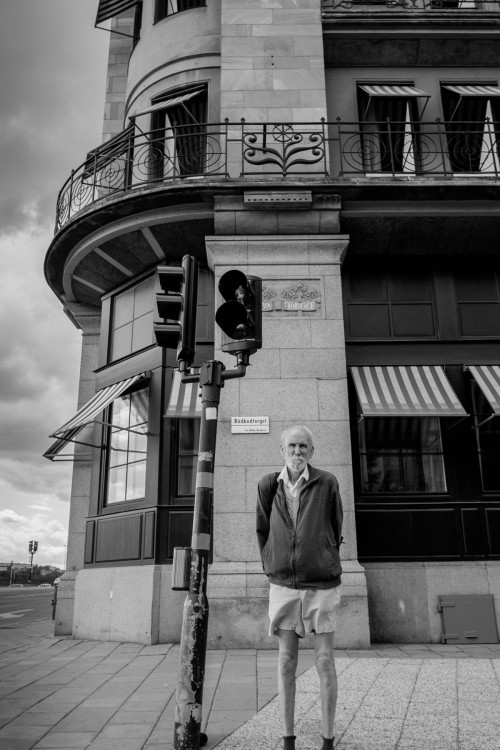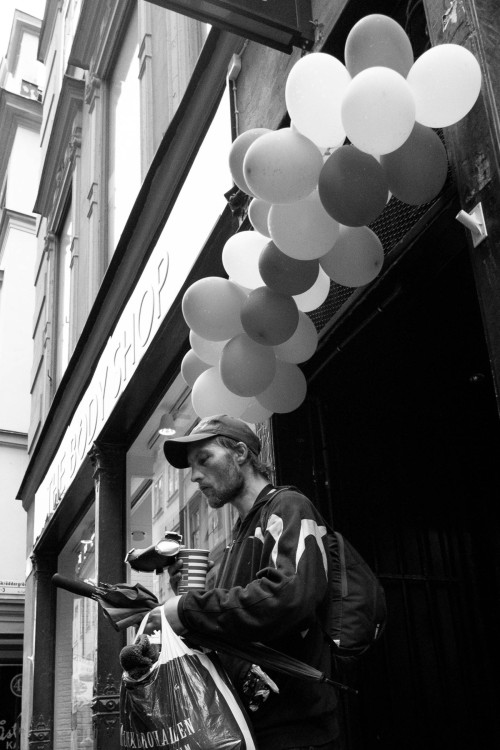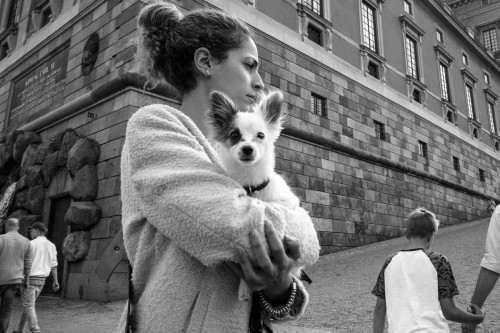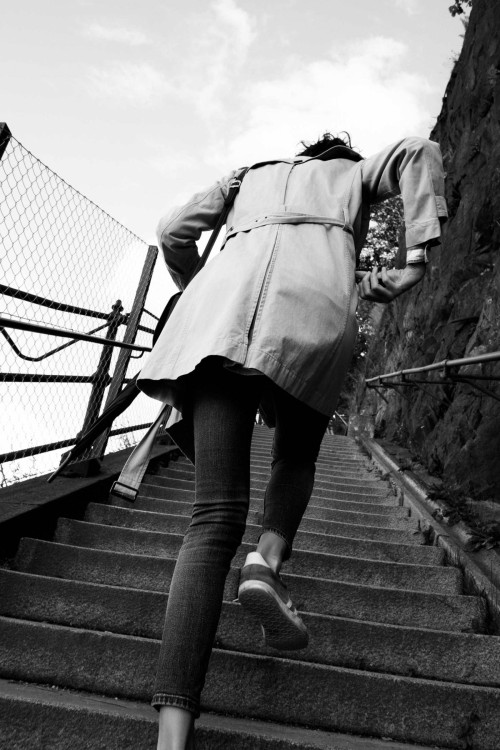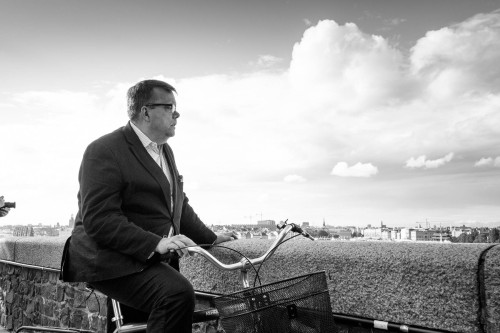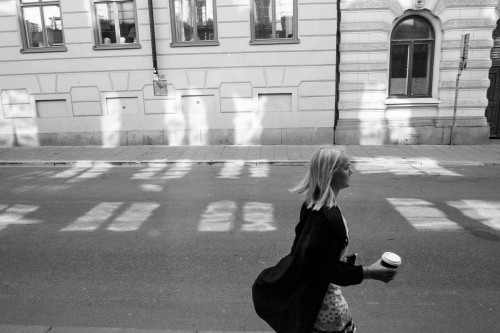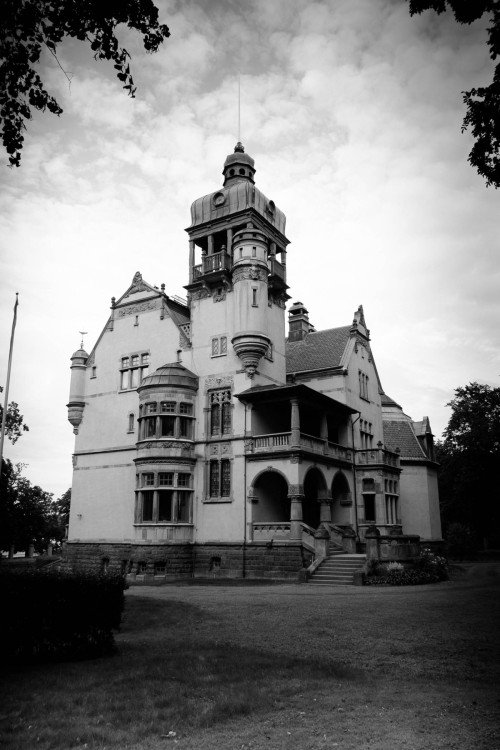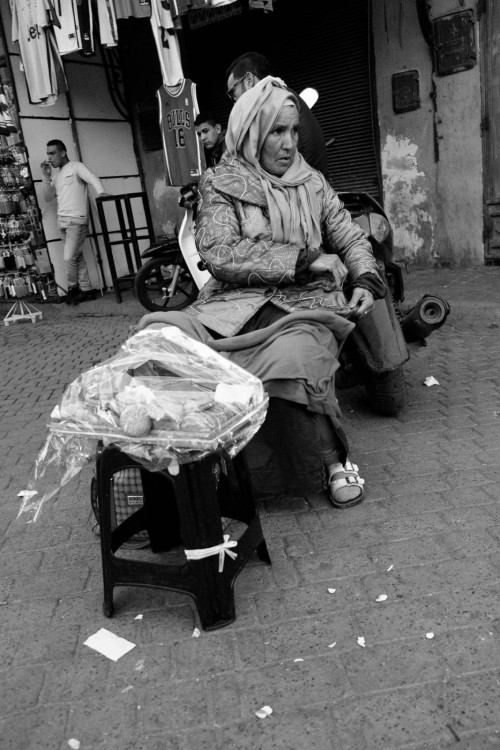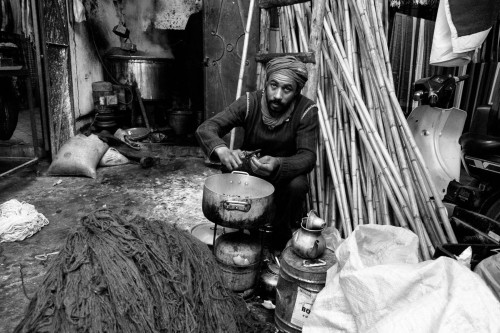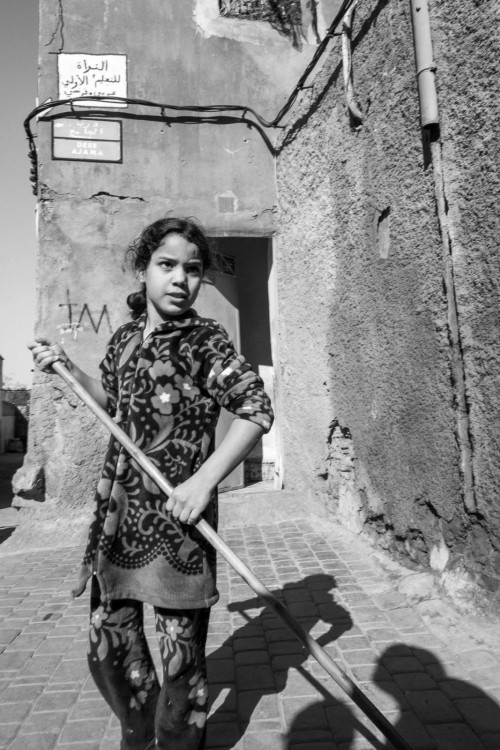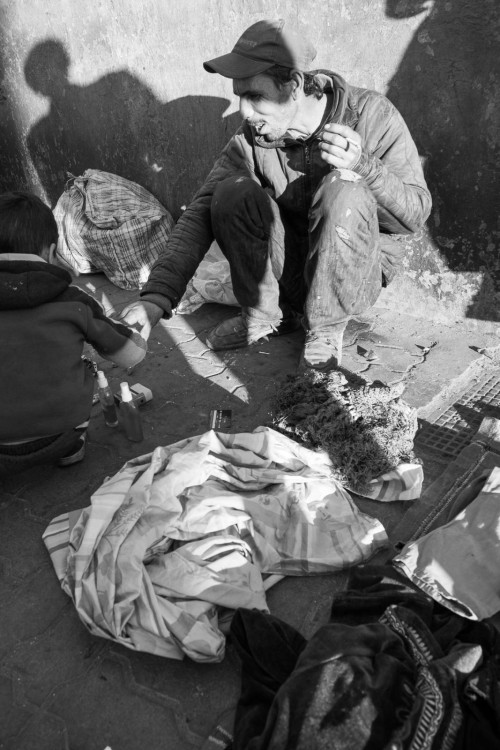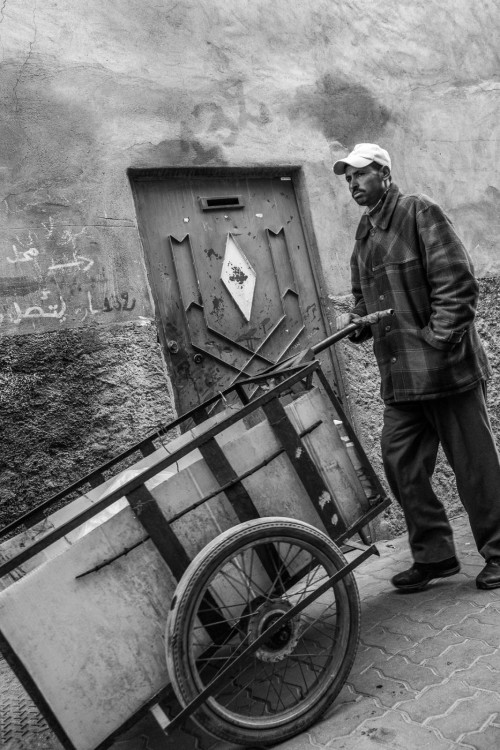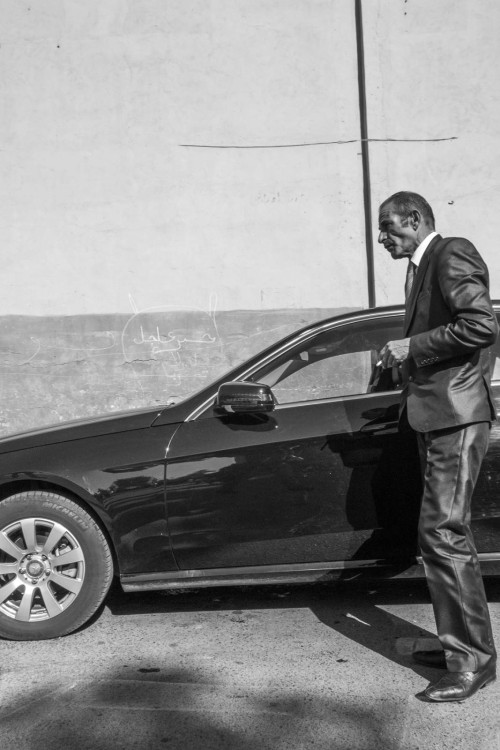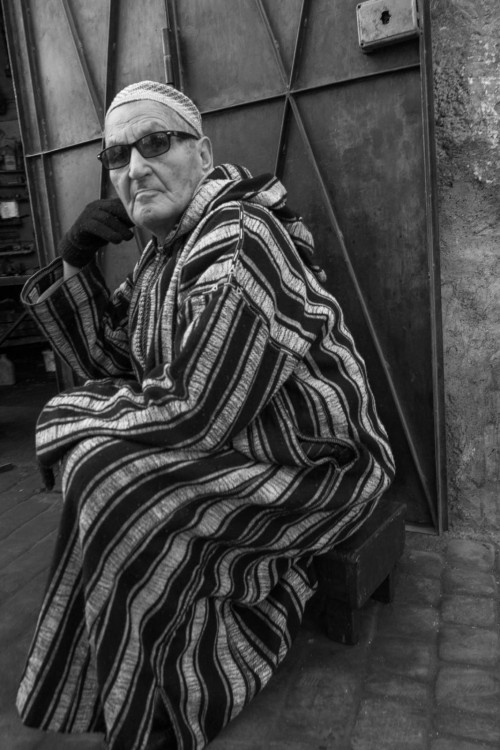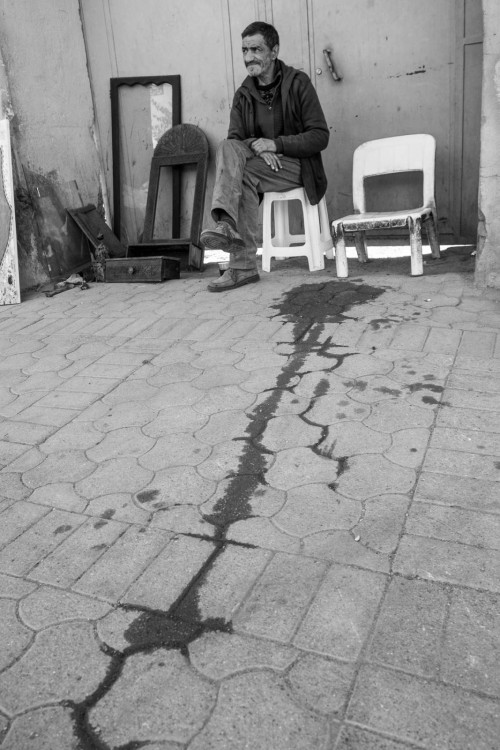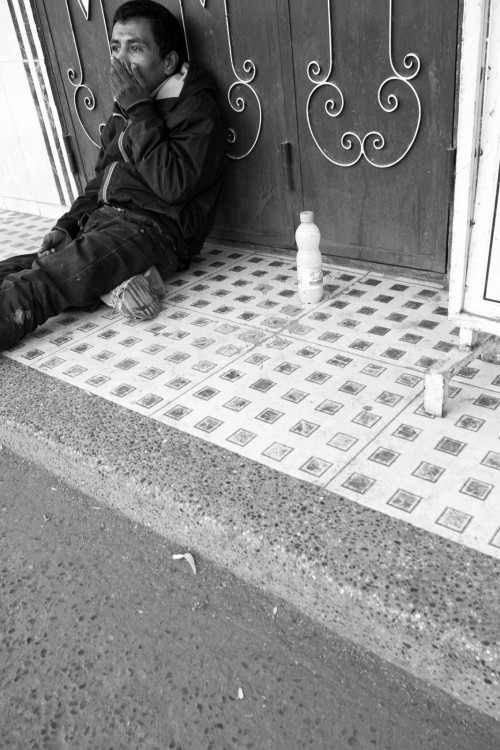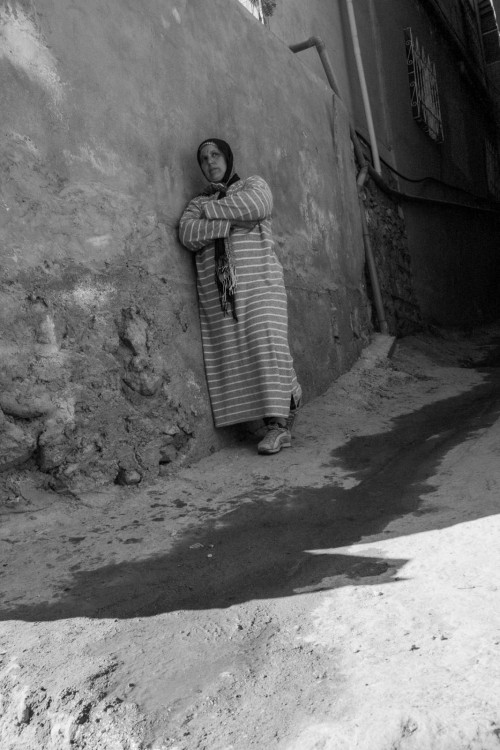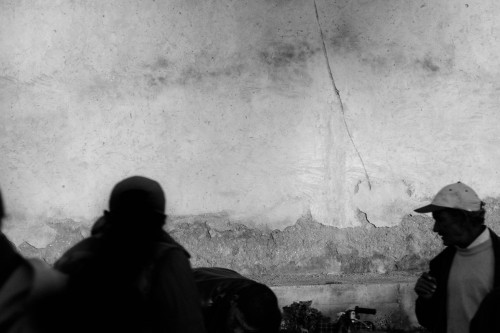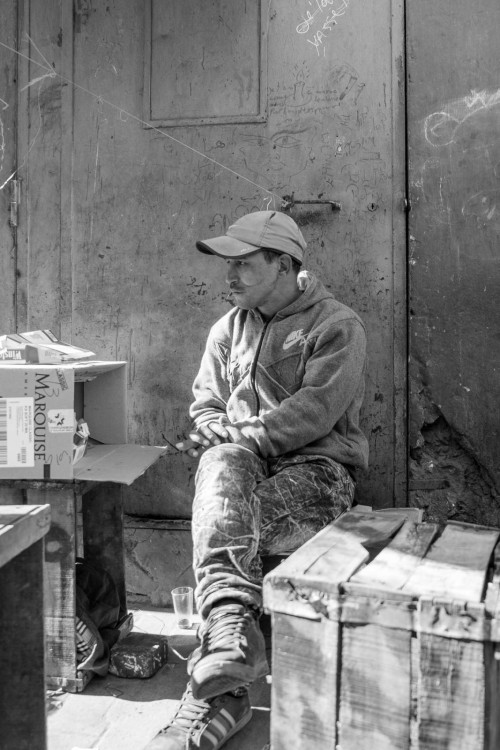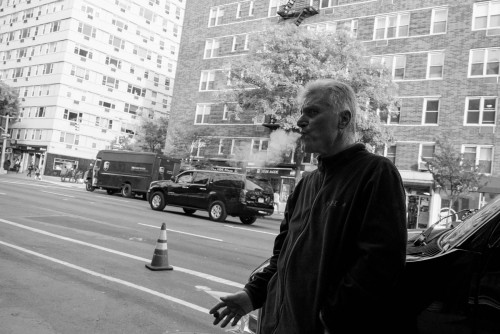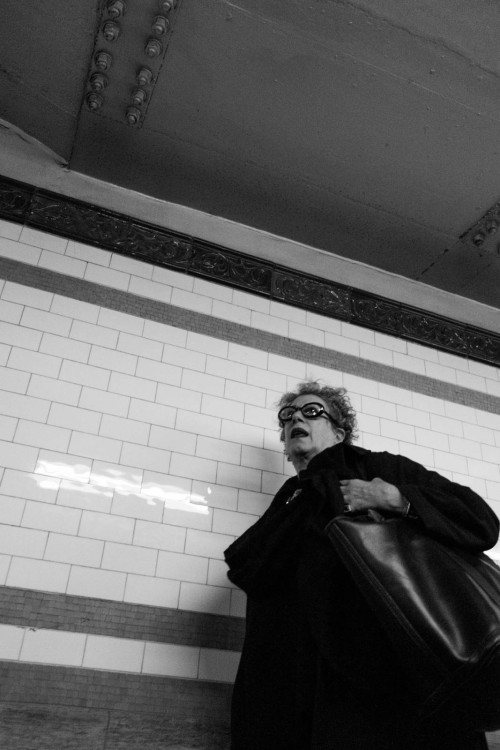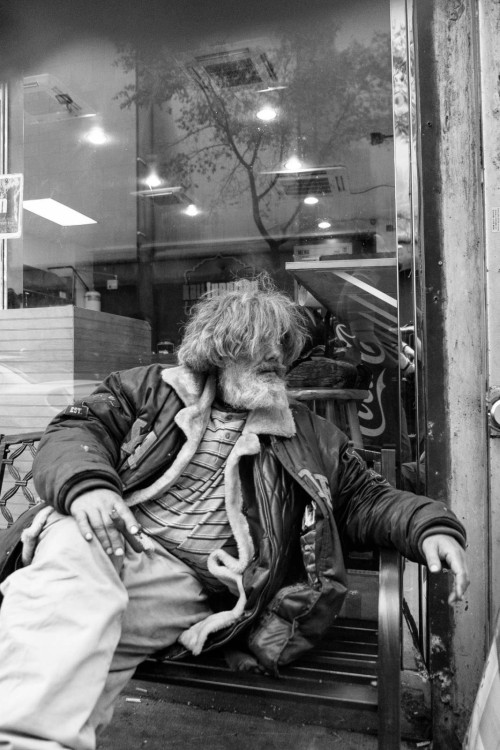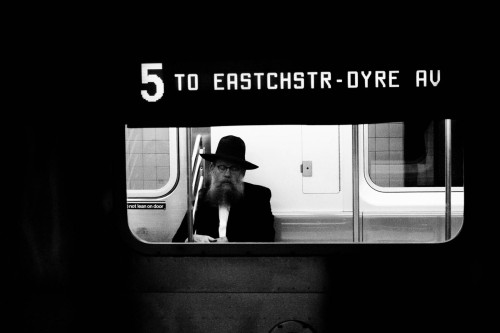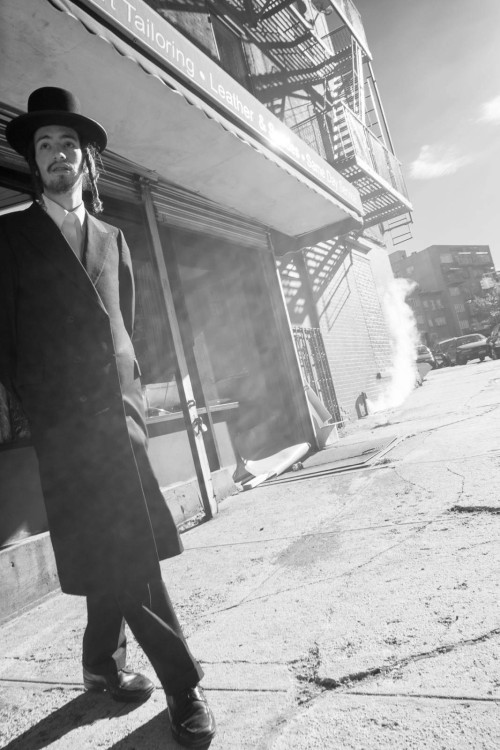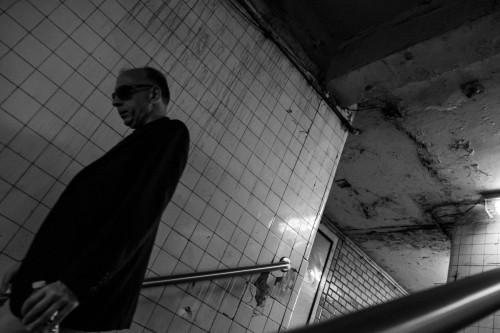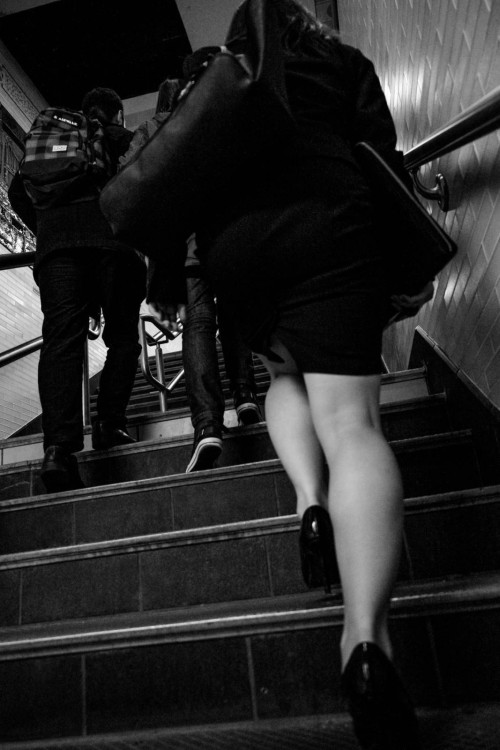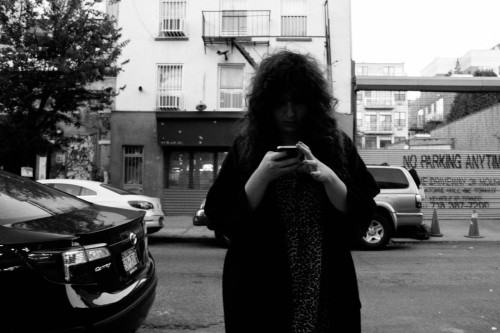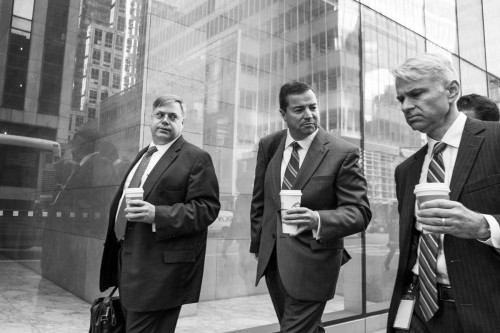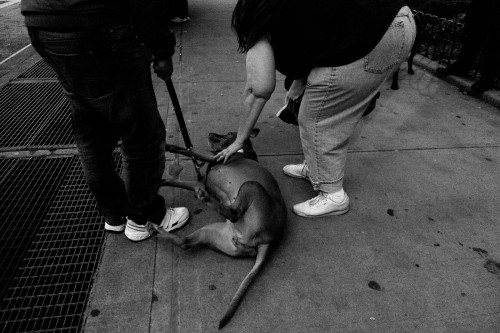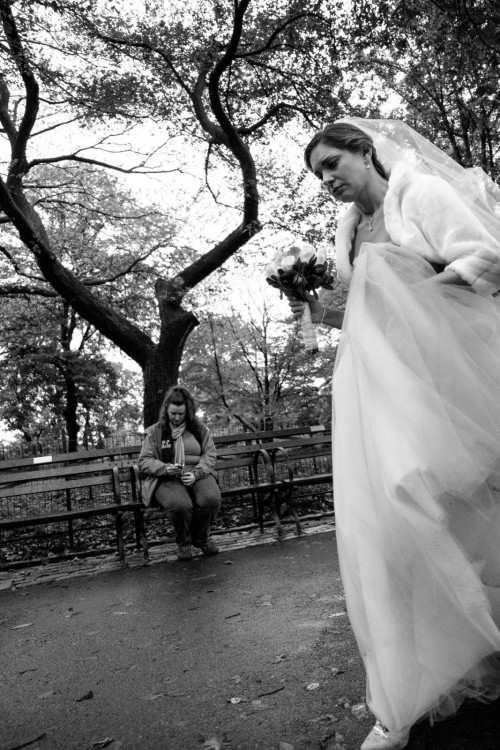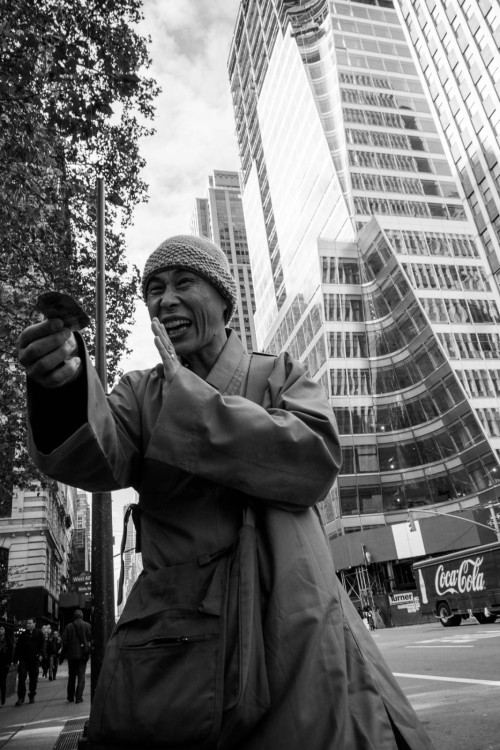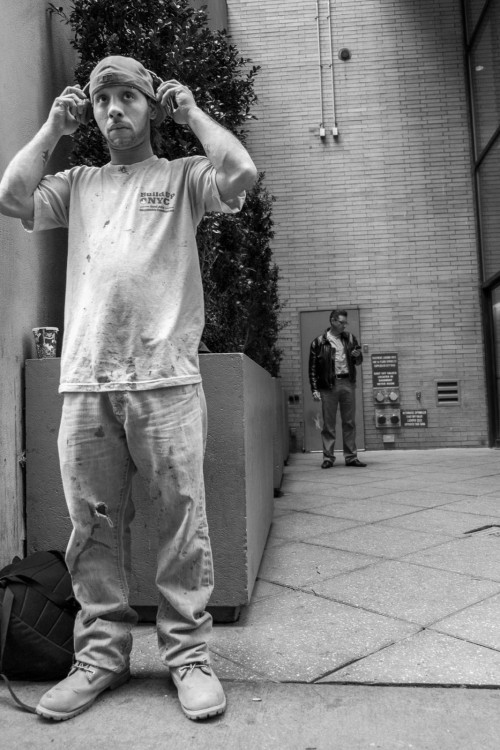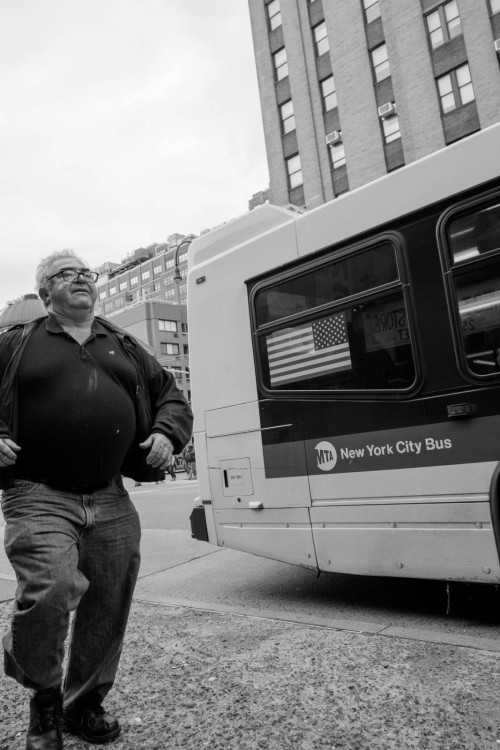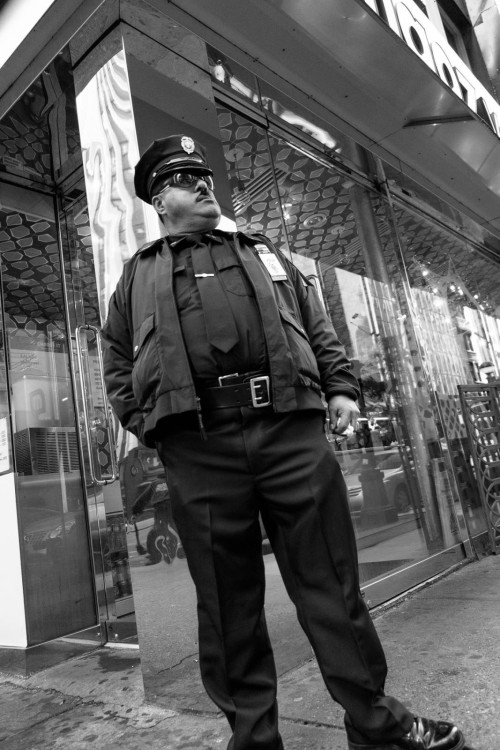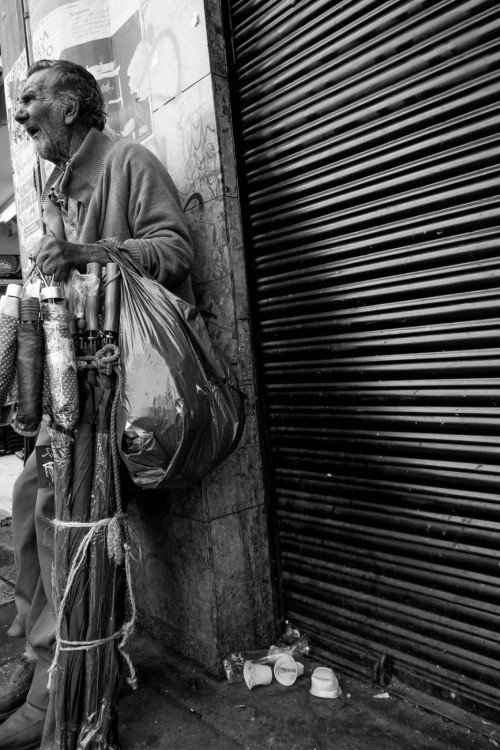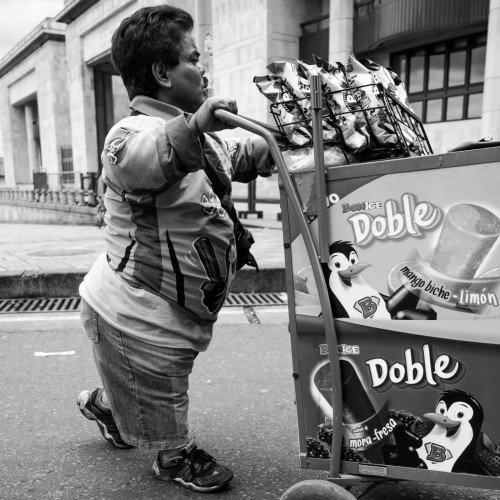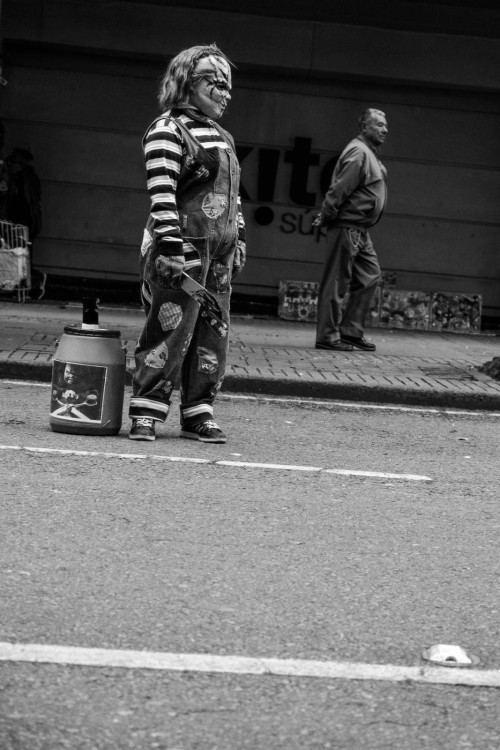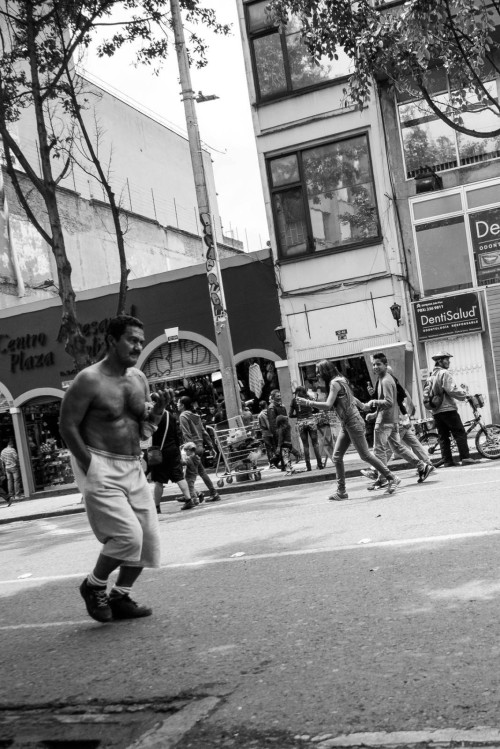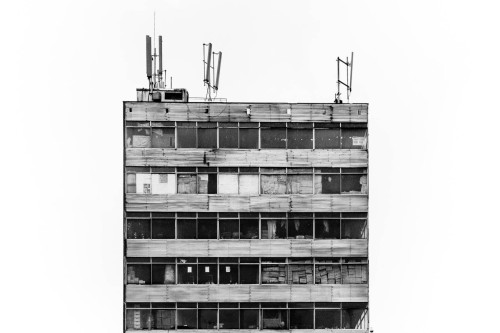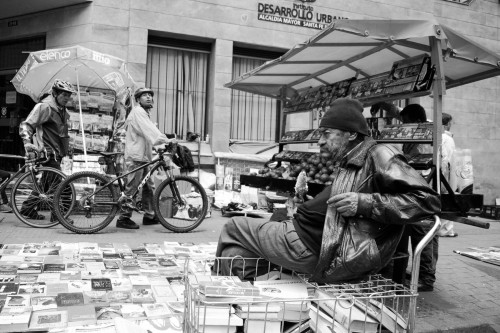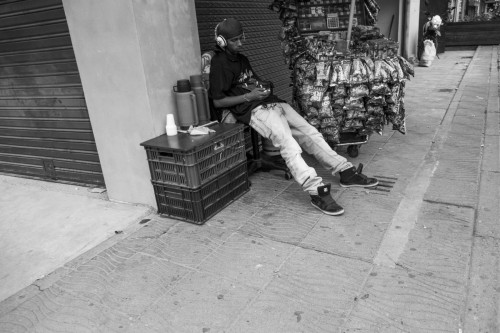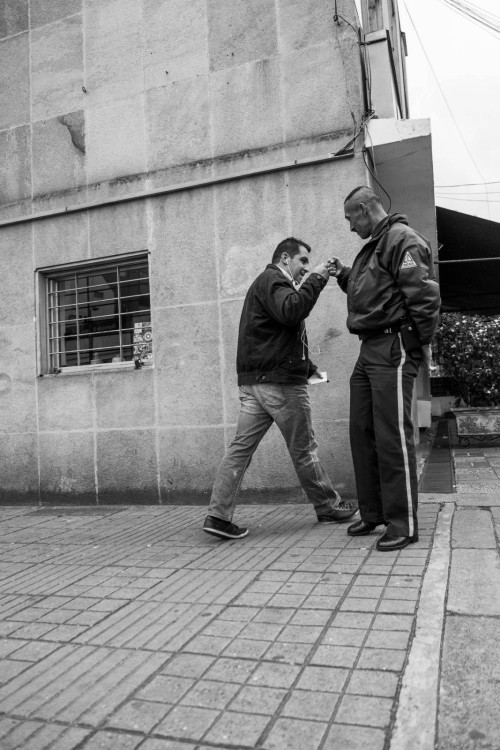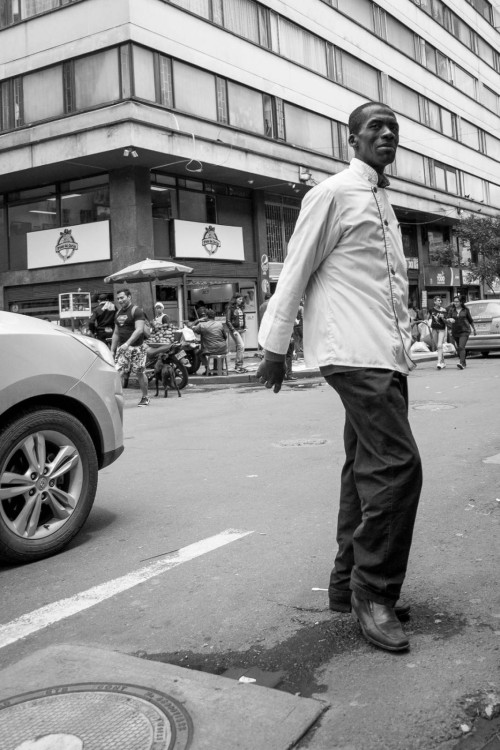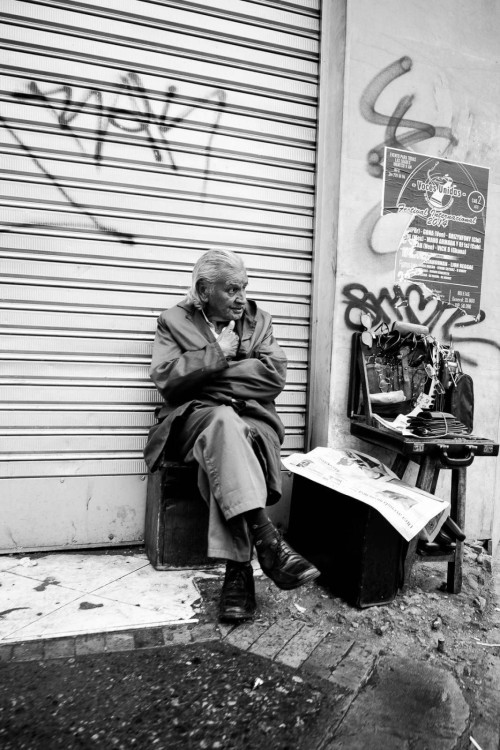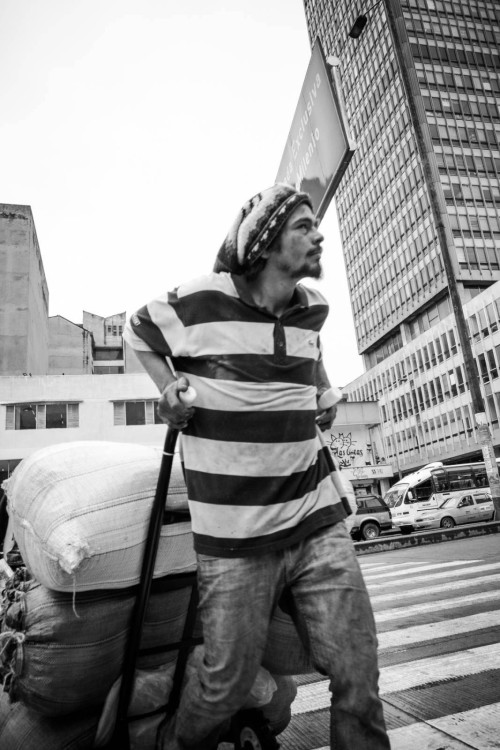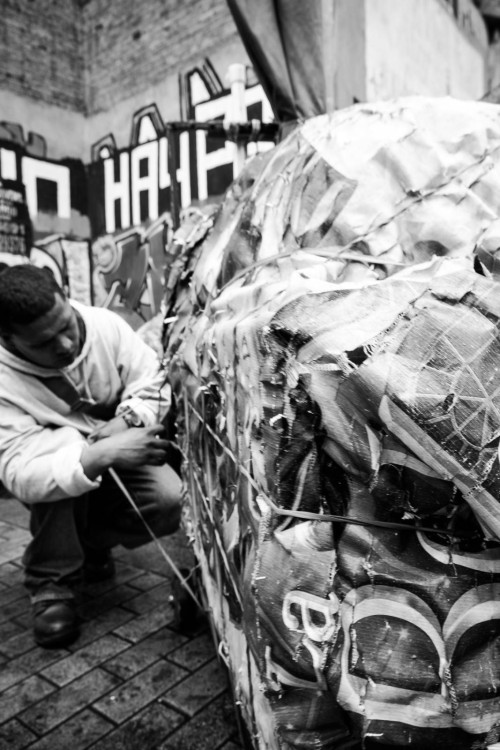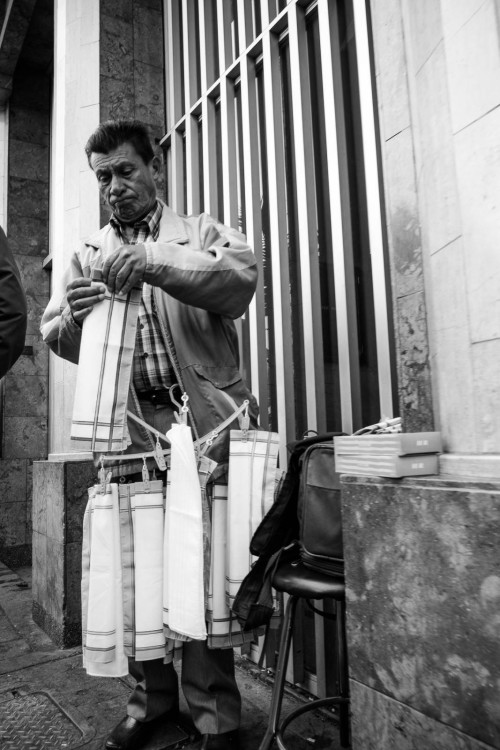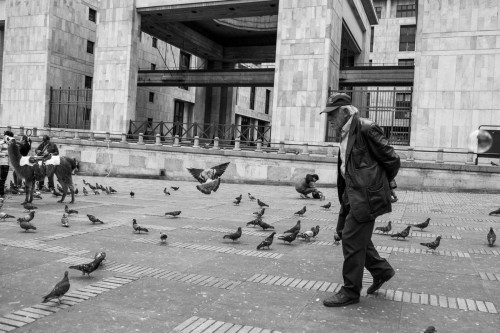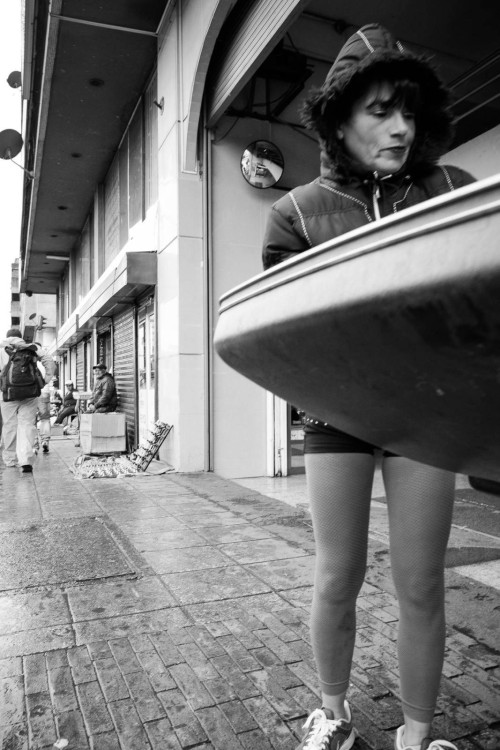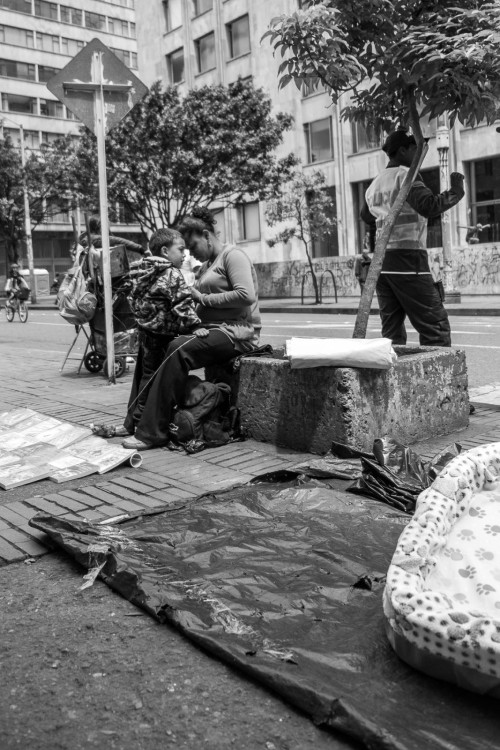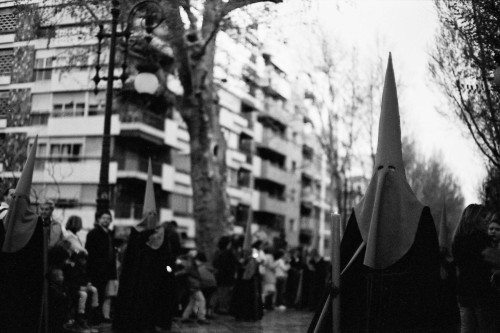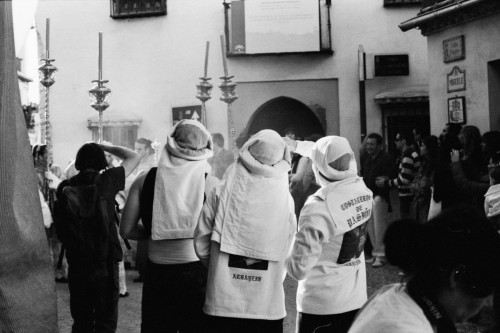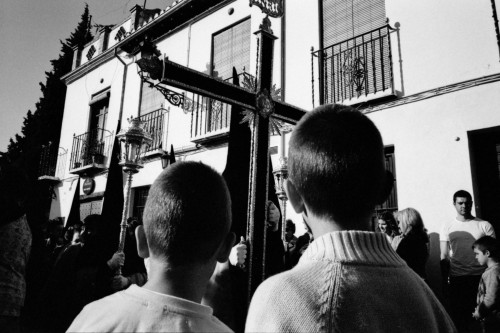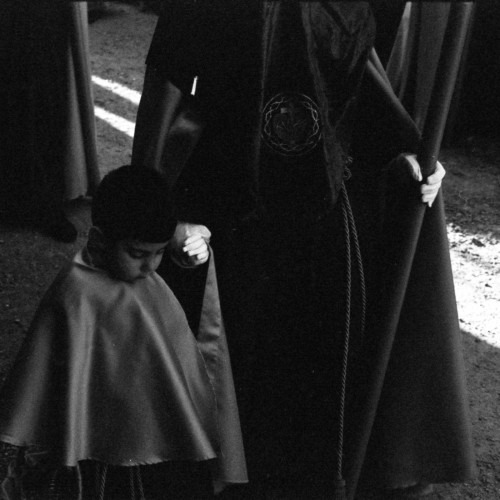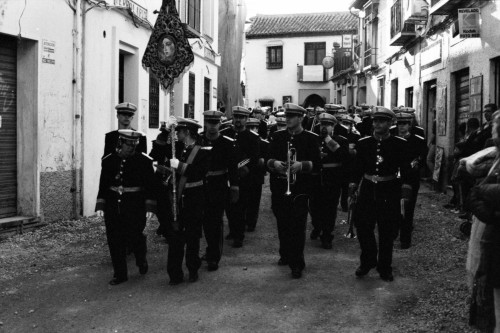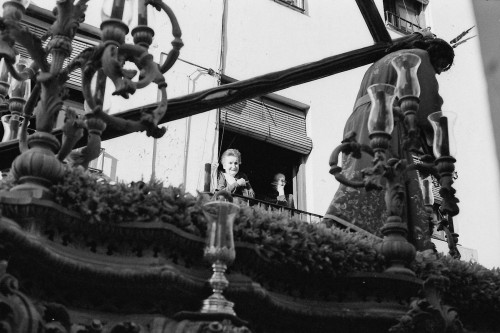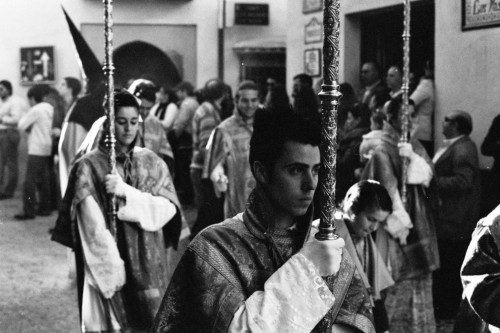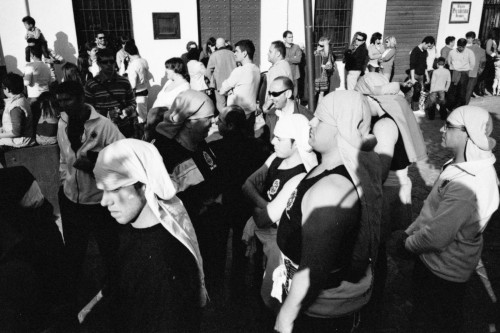| The Rapture, 2015. | Haunted and Hallowed, 2014 | |
| Sigtuna Trees, 2015. | Stockholm, 2012 | |
| Azca, 2013. | The Market, 2011 | |
| New Yorkers, 2013 | ||
| Ciclovía, 2012 | ||
| Semana Santa, 2011 |
The Rapture, 2015
“Because here's something else that's weird but true: in the day-to day trenches of adult life, there is actually no such thing as atheism. There is no such thing as not worshipping. Everybody worships. The only choice we get is what to worship. And the compelling reason for maybe choosing some sort of god or spiritual-type thing to worship—be it JC or Allah, be it YHWH or the Wiccan Mother Goddess, or the Four Noble Truths, or some inviolable set of ethical principles—is that pretty much anything else you worship will eat you alive. If you worship money and things, if they are where you tap real meaning in life, then you will never have enough, never feel you have enough. It's the truth. Worship your body and beauty and sexual allure and you will always feel ugly. And when time and age start showing, you will die a million deaths before they finally grieve you. On one level, we all know this stuff already. It's been codified as myths, proverbs, clichés, epigrams, parables; the skeleton of every great story. The whole trick is keeping the truth up front in daily consciousness."
David Foster Wallace, This Is Water
Sigtuna Trees, 2015
Sigtuna is situated at the bay Skarven, stretching around Upplands-Bro and a part of Lake Mälaren.
I shot these seventeen photographs during two days at different light scenarios.
This project it's meant to be a representation of death and aging. The trees in Sigtuna rest by the lake side. The water has started to break the soil beneath them so they are starting to fall slowly into the water.
T.S. Eliot used water as a symbol of death in the past: Phlebas, a sailor from The Waste Land, faced the negative side of water.
In the catholic culture, baptism itself is portrayed as a death symbol in the bible: Richard T. Ritenbaugh describes this doctrine as follows "Being put into the water represents the death of the old man. Being covered by water symbolizes burial, and being raised from the water pictures a resurrection to newness of life."
Azca, 2013
The original conception of AZCA dates back to the Plan General de Ordenación Urbana de Madrid (PGOU), approved in 1946. The purpose of this plan was to create a block of modern office buildings with metro and railway connections. Nowadays this area is a huge labyrinth of concrete whose corridors are mostly deserted. The reconstruction of AZCA started in 2016 with Plaza Pablo Ruiz Picasso.
This is an exploration to collect the atmosphere of this place before its reshuffle as an instrument to frame nature in particular spaces and our relationship with those spaces: how they evolve with (or without) our care, where do we locate them and why. Nature itself doesn't have any presence in the first photographs, but begins to conquer its place both in the project and in the spaces that are being photographed.
Haunted and Hallowed, 2014
I shot these images during a morning walk in autumn.
Harlem was originally a Dutch village, it is named after the city of Haarlem in the Netherlands. Harlem's history has been defined by a series of economic boom-and-bust cycles. Nowadays, and since 1990, Harlem's renascence has made the neighborhood a preferred destiny and its population has grow almost 20%.
People that were born and raised in Harlem see this renascence with skepticism. Some of them are actively protesting against it. Others seem to be just waiting.
This is a portrait of the latter.
Stockholm, 2012
I can understand why Stockholm is branded as "the most superficial city in the world" by many people, even being my experience with stockholmares just the oposite.
They live the summer with hunger, and they approach the end of it with distress.
The Market, 2011
Marrakesh has the largest traditional Berber market in Morocco and the image of the city is closely associated with its souqs.
New Yorkers, 2013
I traveled to New York to find Bruce Gilden in the street.
He didn’t show up.
Ciclovía, 2012
These images were taken during a 12 miles walk courtesy of the Ciclovia in Bogotá, a weekly event in which over 70 miles of city streets are closed to traffic and where residents come out to walk, bike, run, skate, recreate, picnic, and talk with family, neighbors & strangers.
Unlike its inhabitants, Bogota is a hostile city, choked by traffic and moisture. The “Ciclovía” is a break in the midst of this hostility.
Semana Santa, 2011
Granada Bearers in the Easter of 2011
The streets of the Albaicín are narrow and twisted filled with their typical cobblestones. These streets give a special setting to the procession of the Virgen de la Aurora and the Concepción.
